Introduction
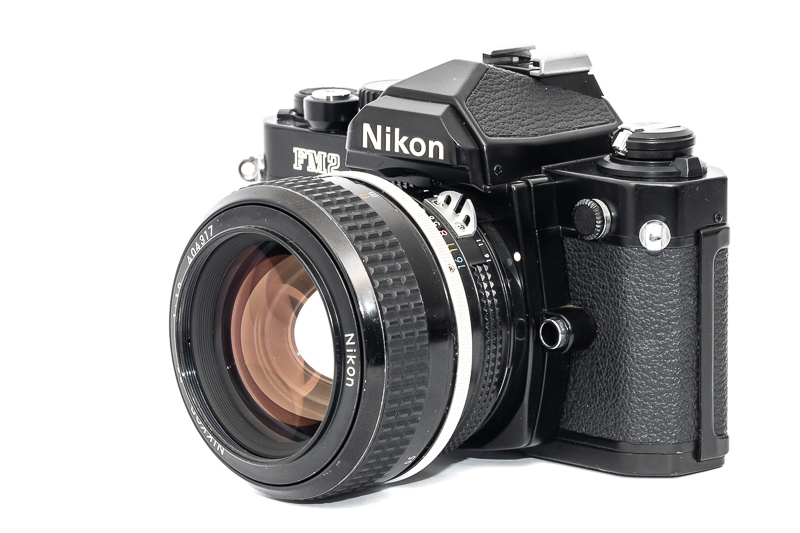
The optical design of this Nikkor 55mm 1.2 dates back to 1965, which makes it Nikon’s first f/1.2 lens for the F-mount. Among Nikon’s three manual focus f/1.2 ~50mm lenses this is not exactly a fan favorite though and usually considered the worst of the bunch. Let’s try to find out in this review if that bad reputation is actually justified.
Sample Images
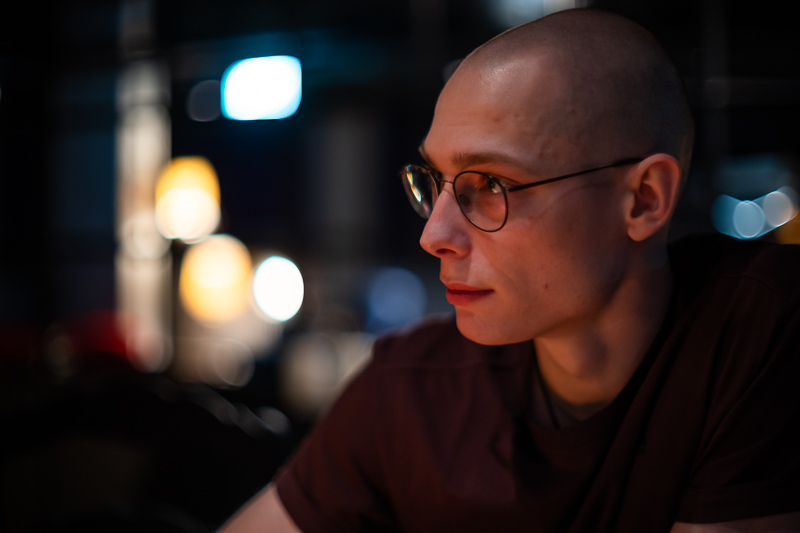
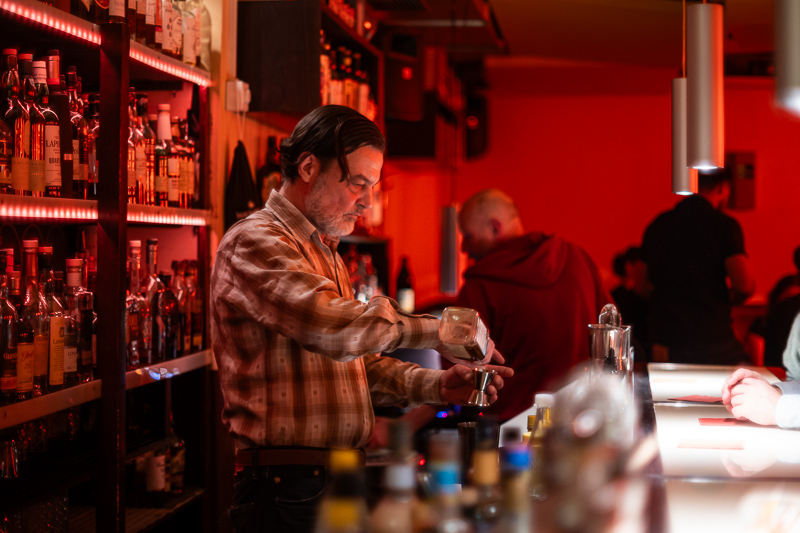
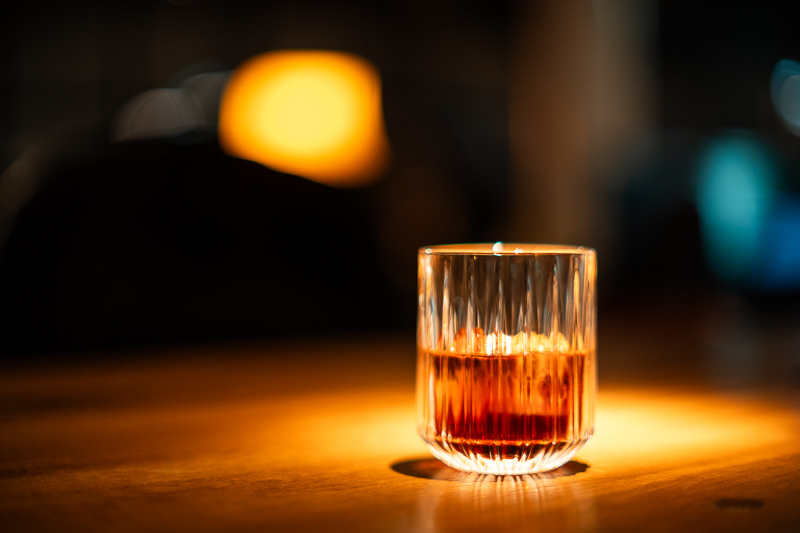
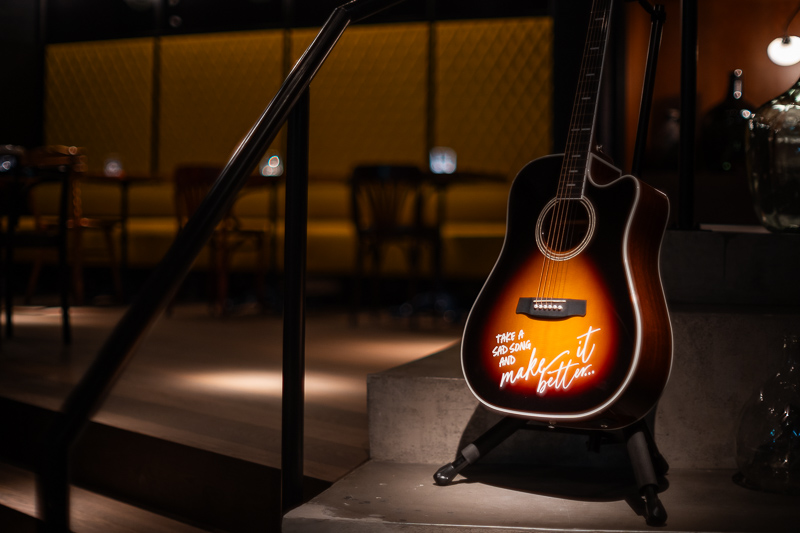
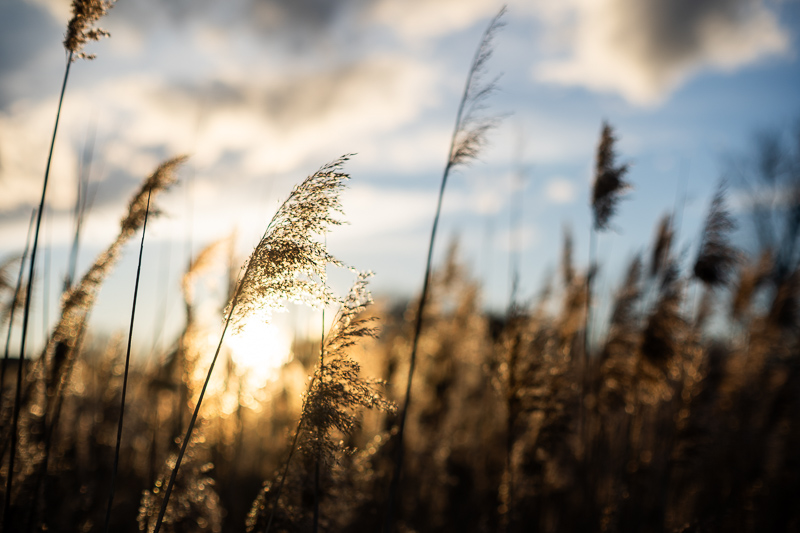
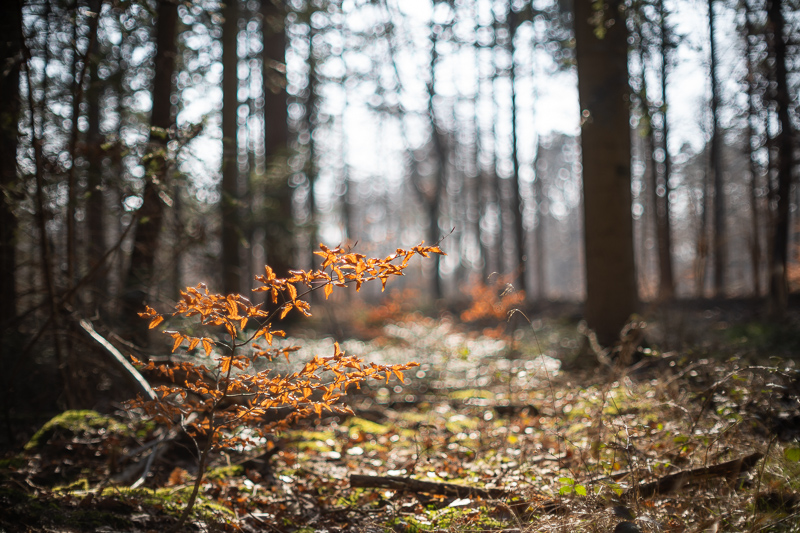
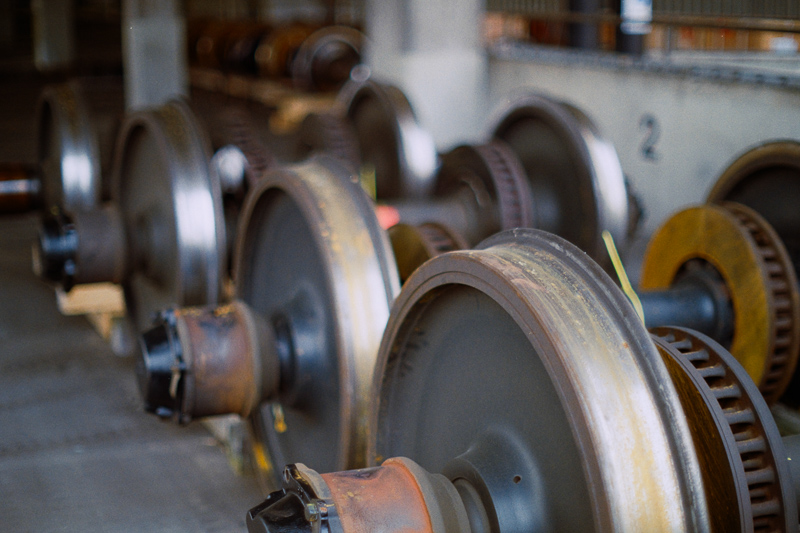
Most of the sample images in this review can be found in full resolution here.
Contents
Specifications / Version History
There have been three different f/1.2 lenses for F-mount:
- Nikon 55mm 1.2
pre-Ai/Ai, 7/5 design, 7 aperture blades, 410g, 1965-1978, ~176.000 made - Nikon 50mm 1.2
Ai/Ai-s, 7/6 design, 7 or 9 aperture blades, 354g, 1978-2020, ~240.000 made - Nikon 58mm 1.2 Noct
Ai/Ai-s, 7/6 design, aspherical element, 7 or 9 aperture blades, 470g, 1978-1998, ~11.000 made
This is a review of the first one of those, the 55mm lens, but here there are several different sub-versions – they all share the same optical design though:
- Nikkor-S Auto 55mm 1.2
pre-Ai, 0.6 m MFD, 1965-1972, ~66.000 made - Nikkor-S·C Auto 55mm 1.2
pre-Ai, all elements multicoated, 0.6 m MFD, 1972-1974, ~50.000 made - Nikkor 55mm 1.2
pre-AI, all elements multicoated, 0.5 m MFD, 1974-1977, ~35.000 made - Nikkor 55mm 1.2
Ai, all elements multicoated, 0.5 m MFD, 1977-1978, ~25.000 made
I don’t want to go too much into detail here, so my general advice is: if you are looking for one of those to exclusively use with an adapter on your modern mirrorless camera you can also get one of the pre-Ai ones, as these are usually cheaper. If you are also looking at using it on a Nikon DSLR or one of the more famous analogue cameras like the FM2/FM3a/F80/F100 you should get the latest Ai version like I did (or one that has already been converted to Ai). This is a review of the Nikkor 55mm 1.2 Ai from 1977 which has the following full specifications:
- Diameter: 73 mm
- Length: 50 mm
- Weight: 410g (measured)
- Field of view: 43° (diagonally)
- Filter Diameter: 52 mm
- Number of Aperture Blades: 7 (straight)
- Elements/Groups: 7/5
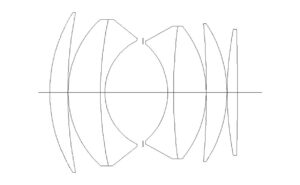
- Close Focusing Distance: 0.5 m
- Maximum Magnification: 1:7.2 (measured)
- Mount: Nikon F
buy from ebay.com | ebay.de (affiliate links) starting at $300
History
If you want to know more about the development and the history of this lens you should first have a look at Nikkor – The Thousand and One Nights – No. 49: Nikon 55mm 1.2.

I already talked about a significant part of the history of Nikon’s ~50mm f/1.2 lenses in the previous section, telling you about all the different models you may come across. Now if you have a look at Nikon’s article above, it sounds a lot like this 55mm 1.2 was merely a step-stone on the journey to design a 50mm 1.2 lens and in fact by the time the 50mm 1.2 had been released, production of this 55mm 1.2 stopped and it seems no one ever looked back.
These days common “knowledge” seems to be, that the 50mm 1.2 is the “better” lens anyway. But when it comes to these vintage lenses, it is certainly debatable, what “better” actually means.
I could not find any review with reliable information on this lens’ performance characteristics, so I decided to buy one and check for myself.
Handling / Build Quality
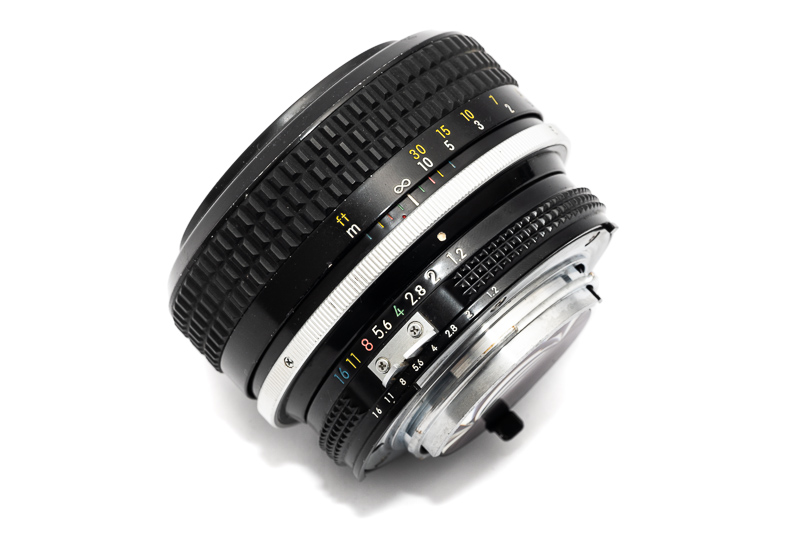
This Nikkor 55mm 1.2 has the typical build quality of Nikon’s Ai lenses: all metal body with engraved writings, colorful aperture stops and DoF scale.
The focus ring has a very nice and even resistance. It takes ~230° from the minimum focus distance of 0.5 m to infinity.
The aperture ring is also typical for Nikon’s lenses: equidistantly spaced full-stop click stops and the aperture ring close to the camera body. The aperture ring can be moved very slightly past the f/1.2 mark, which was already the case for the 105mm 2.5 and I am not a huge fan of.
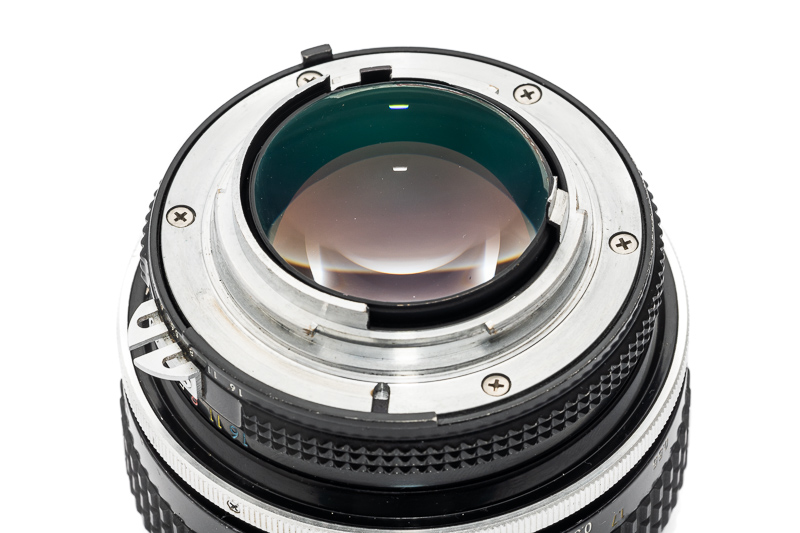
Looking at the bayonet you will notice that the rear element is not perfectly round as some space is needed for the aperture lever. More on that in the optical vignetting section.
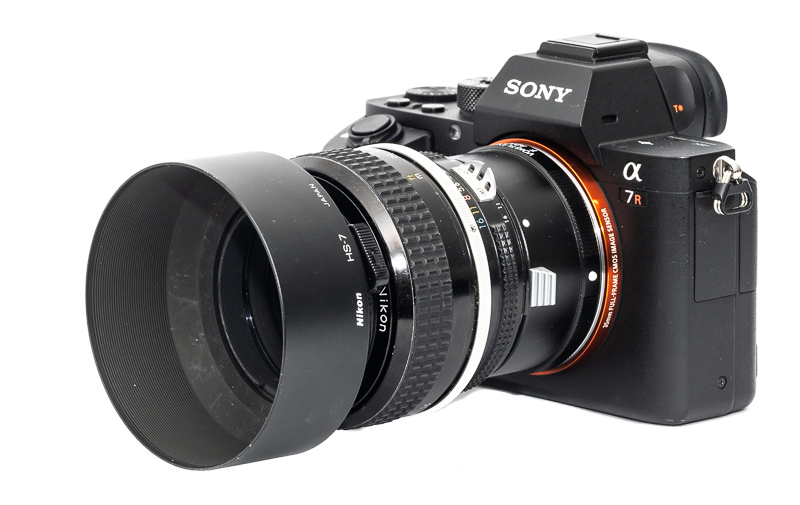
For the older versions of this lens you can use either the HN-6 (metal screw-in) or the HS-3 (metal snap-in) hoods. For the later models these have been replaced with the HS-7 (metal snap-in) and the HR-2 (rubber screw-in) hoods. As you can see from the picture above I bought an HS-7 hood.

There have been plenty of 50-58mm F-mount lenses. This is one of the bigger ones which becomes very obvious seeing it next to the much smaller (and roughly one stop slower) Nikon 50mm 1.8 Series-E. In mid 2023 Cosina released a reincarnation of this 55mm 1.2: the Voigtländer 55mm 1.2 SL IIs Nokton, which is slightly smaller. All these feature a 52 mm filter thread which is typical for Nikon’s manual focus lenses.
Vignetting
Light falloff
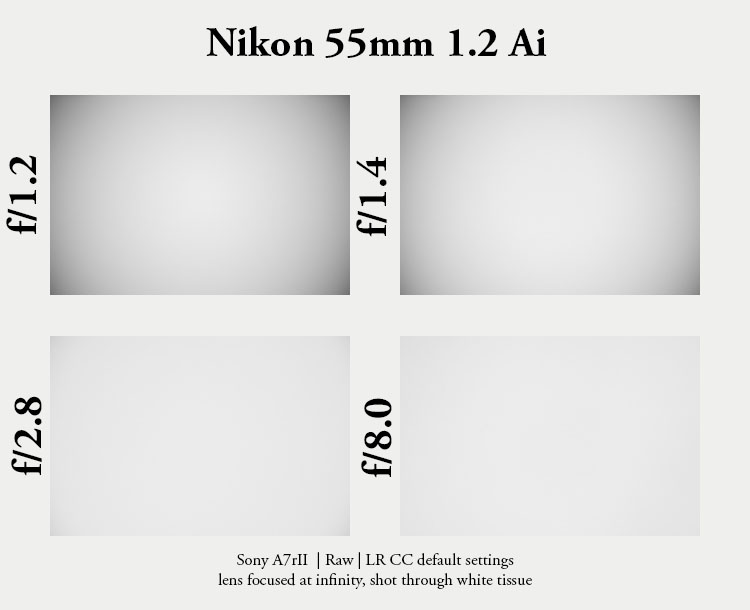
| f/1.2 | 2.7 EV |
| f/1.4 | 2.4 EV |
| f/2.0 | 1.4 EV |
| f/2.8 | 0.8 EV |
| f/4.0 | 0.4 EV |
| f/5.6 - f/16 | 0.3 EV |
The vignetting figures are actually very typical for a lens with these parameters. They are more or less the same as those of the Samyang 50mm 1.2 XP and Meike 50mm 1.2 whereas the Canon EF 50mm 1.2L USM showed slightly higher vignetting at f/1.2.
It is recommended to have a look at this article first to get an idea how this brightness graph works.
Optical vignetting
Fast lenses usually show a noticeable amount of optical vignetting, especially so the compact ones. Without going too much into technical details optical vignetting leads to the truncation of light circles towards the borders of the frame.
In the center of the frame almost every lens will render a perfect circle, but only lenses with very low optical vignetting will keep this shape in the corners.
So in the following comparison we move from the center (left) to the extreme corner (right) and see how the shape of the light circle changes.
The theoretical maximum aperture an F-mount lens can have has been calculated to f/1.17 and f/1.2 is awfully close to that. The problem with these theoretical values is, that you usually cannot easily reach them in practice.
As you can see in the center the circle looks cut at f/1.2. This is because the rear element is actually not perfectly round due to the space needed for the aperture lever. This is the case for all of Nikon’s f/1.2 lenses. I am actually not sure if this should be considered optical vignetting or mechanical vignetting.
In 2023 – to my utmost surprise – Cosina released the Voigtländer 55mm 1.2 SL IIs Nokton for the Nikon F-mount. This lens features a special mechanical design (more on that in its review) that allows for a normal, perfectly round rear element. This is actually the only real f/1.2 lens for the F-mount, released 64 years after its introduction.
As we are operating at the limit of the lens mount optical vignetting is also very high – comparable to the Super Fast 50mm M-mount Lenses. The 50mm 1.2 lenses for the bigger Canon EF-mount (Canon EF 50mm 1.2L and Samyang 50mm 1.2 XP) show less optical vignetting.
These days you rarely see 7 straight aperture blades in portrait lenses and luckily so, as that diaphragm construction leads to distinct (and in my opinion unnatural) heptagons.
Featuring an all-spherical design we do not encounter any onion ring structures here.
Sharpness
Glow / Spherical Aberration
Many modern fast lenses offer astonishingly high image quality at their maximum aperture, but this is usually not the case for fast lenses from earlier times. At wider apertures these lenses often create some “glow“. This Nikon 55mm 1.2 with its design from 1965 is also one of those lenses. If we were looking for a more technical term for “glow” it would be undercorrected spherical aberration.
Spherical aberration is the only classic lens aberration that has an effect on the center of the frame. It will make your image appear softer and add some additional “glow” to already bright parts of the image. It is also an effect similar to what you get when using a diffusion/mist filter.
Some people may like this softer rendering for portraiture, but then many others simply see this as bad image quality. You can find a few image sets shot at f/1.2 and f/2.0 (where most of the glow/spherical aberration is gone) here, so you can better judge this “effect” for yourself.
Focus shift
50% crops, Sony A7rII
As is very typical for lenses like this there is a lot of undercorrected spherical aberration at closer focus distances which makes finding the plane of optimal focus a bit difficult. There is clearly some focus shift between f/2.0 and f/2.8 or f/4.0, so this is something I would watch out for when using this lens on a (D)SLR.
On a mirrorless camera with working aperture this will not be a problem as long as you stop down first and then focus.
Infinity (42mp Sony A7rII)
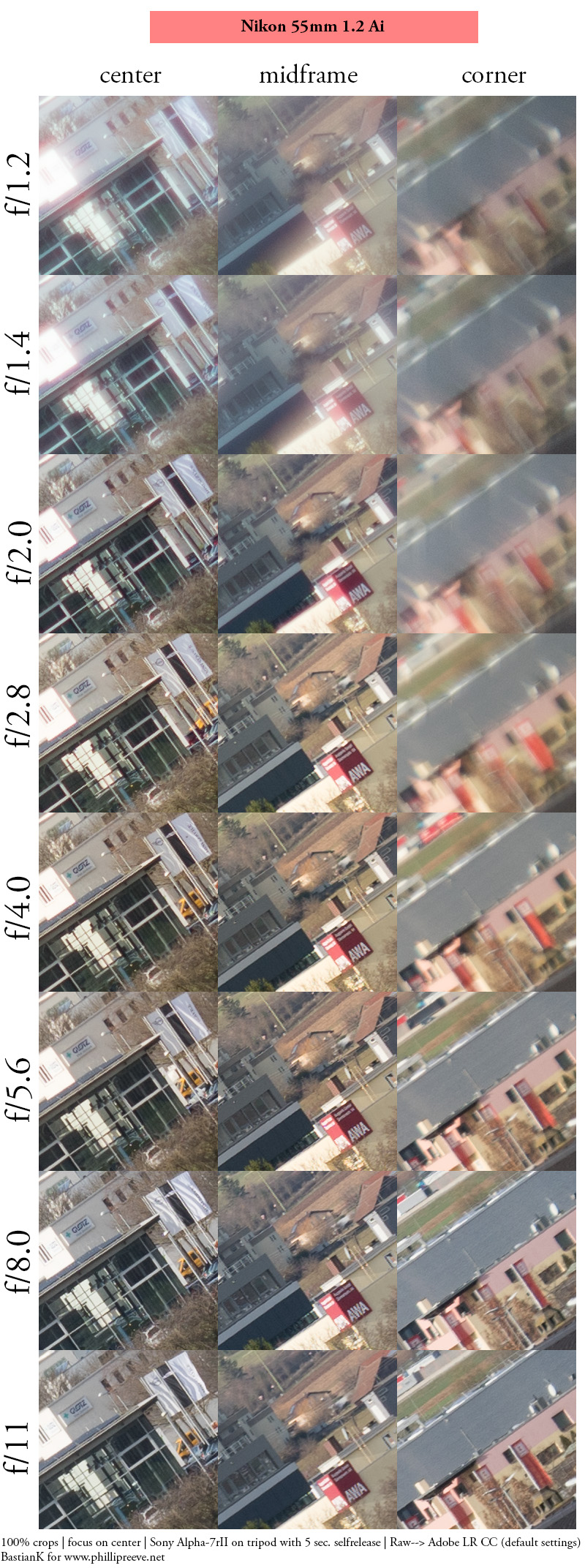
What can we expect from a 60 years old design here? First we need to keep in mind this is a unit focus lens and unit focus lenses can only be optimized for one distance. And by my experience, for fast lenses like this, that usually wasn’t infinity, because these are often situations where you can stop the lens down a bit.
At f/1.2 to f/1.4 the lens is soft everywhere, but surprisingly astigmatism seems to be decently corrected as we can see small details over most of the frame.
Stopping down to f/2.0 increases the contrast significantly and the midframe area already looks decent. The corners are still nothing to write home about.
From f/2.8 the center shows really good image quality and from f/4.0 the midframe as well. For the corners to look good however, stopping down to f/11 is not a bad idea.
For a lens from 1965 that pushed the boundaries of F-mount lenses this is actually not a bad performance. Many of the legacy 50mm lenses with less staggering maximum aperture values (e.g. the Nikon 50mm 1.4 Ai-s) don’t need to be stopped down as much for good across frame performance though.
Portrait 1.5 m (42mp Sony A7rII)
For portraiture it isn’t so important how flat the field is, it is more interesting to see what the sharpness is like when focused at different parts of the frame to take field curvature out of the equation.

We will be looking at 100% crops from the 42mp Sony A7rII.
f/1.2 <—> f/2.0
This is roughly the focus distance I would expect a lens like this to be optimized for and the pictures I took with this lens in the field also confirm that.
Modern f/1.2 and even some of the f/0.95 lenses are not this soft at their maximum aperture, but similar to the fast MS-Optics 50mm lenses astigmatism is well corrected. This makes focusing a bit easier compared to lenses where this isn’t the case.
Also here stopping down to f/2.0 greatly increases the contrast.
Close 0.5 m, 1:7.2 (42mp Sony A7rII)
Most of the fast 50mm I reviewed were M-mount lenses and some of them spot very bad minimum focus distances of 1.0 m, so a 50mm 1.2 lens with 0.5 m is nice for a change.
Obviously this lens features a rather simple unit focus design, so if you are looking for high resolution pictures, stopping down is definitely needed. The Nikon 50mm 1.4 Ai-s performs very similar at shared apertures in this category.
Flare resistance
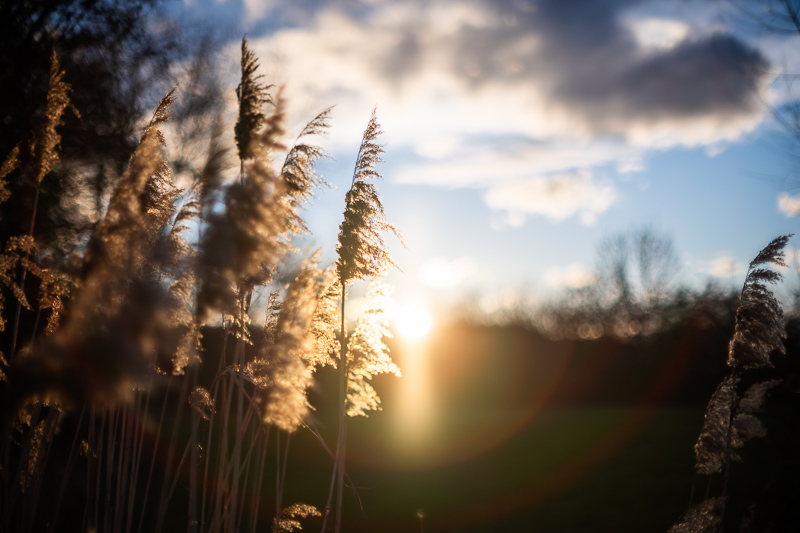
Many of the super fast lenses struggle in this category. And vintage lenses even more so. On the other hand this lens consists of only 5 groups and all the elements are multicoated.
At the maximum aperture we can see some ghosts and also veiling flare reducing the contrast. But honestly, this is a better performance than I would have expected, because this performance is way better than what I have seen from e.g the Canon 50mm 1.2 LTM or the Zhong Yi 50mm 0.95 MK III. Even the way younger Canon EF 50mm 1.2L USM isn’t exactly doing a great job.
Stopped down to f/11 the situation is actually very similar, but the ghosts are a bit more bothersome.
At the end of the day, the flare resistance of the Nikon 55mm 1.2 Ai is better than I would have expected considering its age and specifications.
Coma
100% crops from extreme corner, focused on center, Sony A7rII
Coma is a real issue with these fast vintage ~50mm lenses and this Nikon 55mm 1.2 is by no means an exception. At f/1.2 to f/2.0 we see massive coma artefacts. For mostly clean corners stopping down to f/5.6 is advisable.
The desire to correct this aberration better is the sole reason the Nikon 58mm 1.2 Noct with its aspherical element exists. This is the one category where you will see the most notable difference between these two lenses.
Distortion
Distortion is low and uniform. There is no profile in Lightroom available, but dialing in +4 in Lightroom/Photoshop is doing a very good job at correcting it.
Bokeh
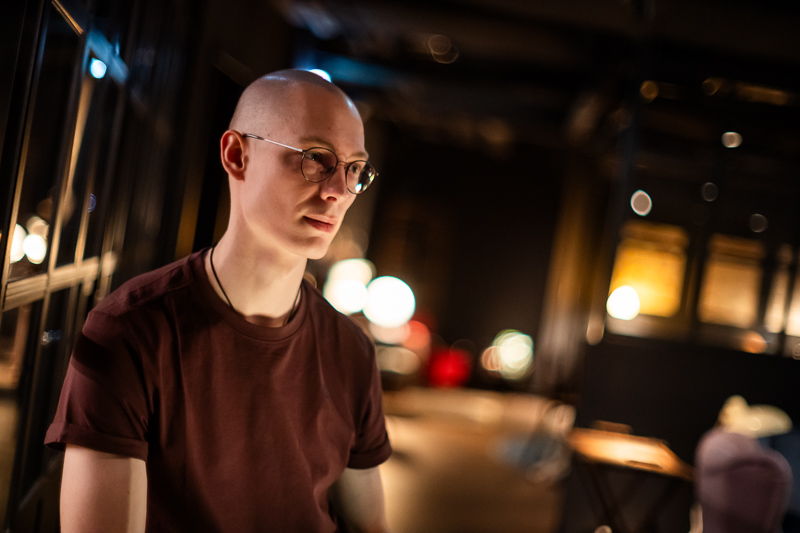
There is a lot to talk here, so let’s get to it.
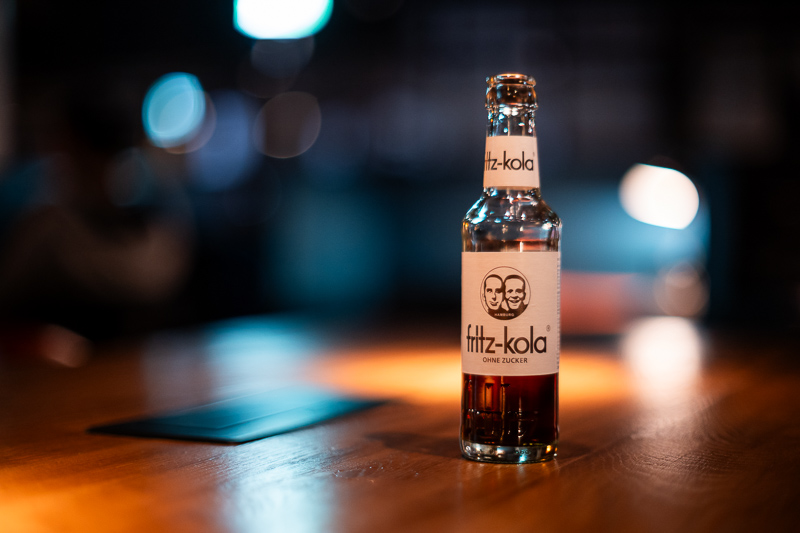
At close distances with the lens set to f/1.2 there is obviously a high amount of blur, but what about its quality? With not so busy backgrounds it can be really nice and while the focal plane is a bit soft at f/1.2 – thanks to spherical aberration – the subject will still stand out in these scenes.

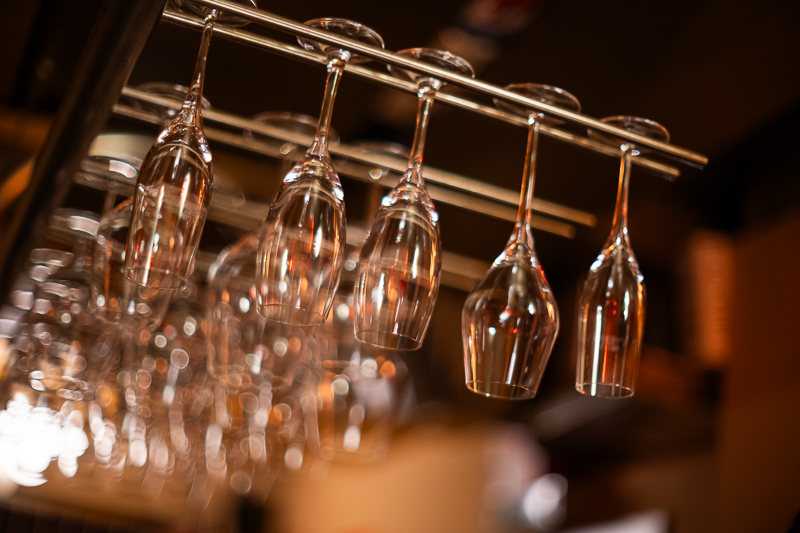

With complex/structured backgrounds things get more funky though. In these scenes it can be hard to make out the actual focal plane and the busy bokeh might even distract from the actual subject.
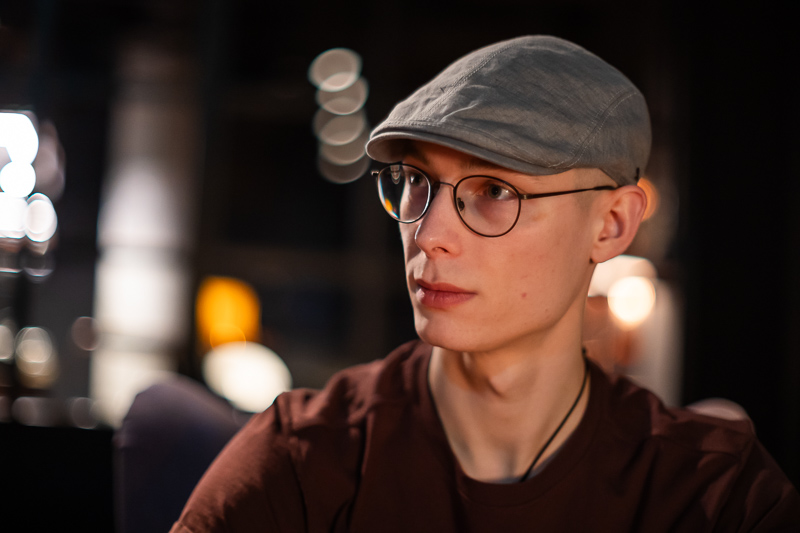
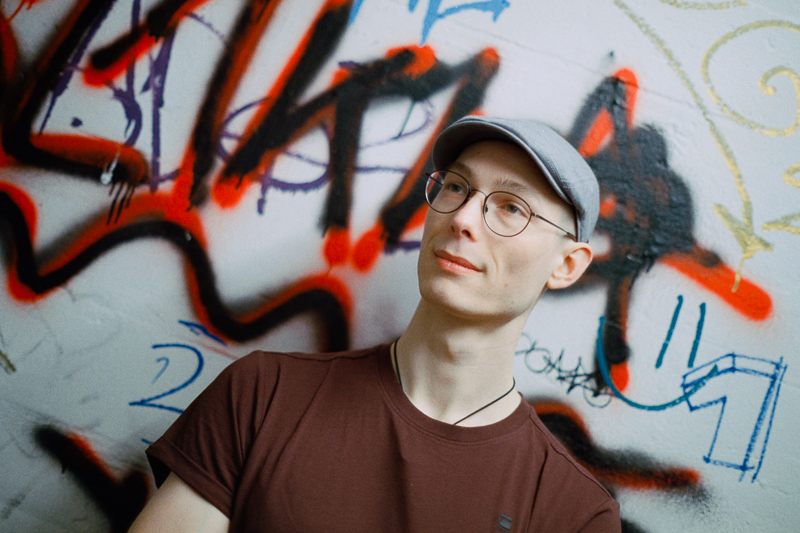
For head and head-and-shoulder portraits I found this lens to actually work best for me. These are the distances where I found sharpness to be the best at f/1.2 and to still be sufficient with the focus point in the midframe area.
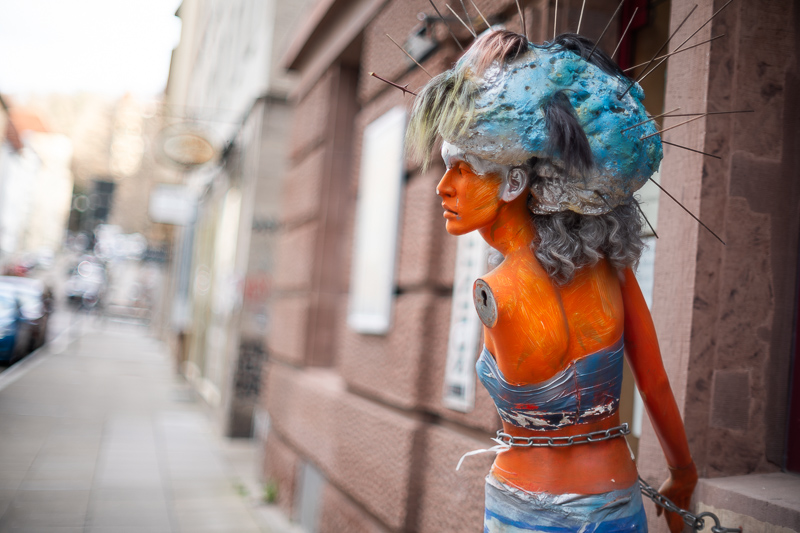
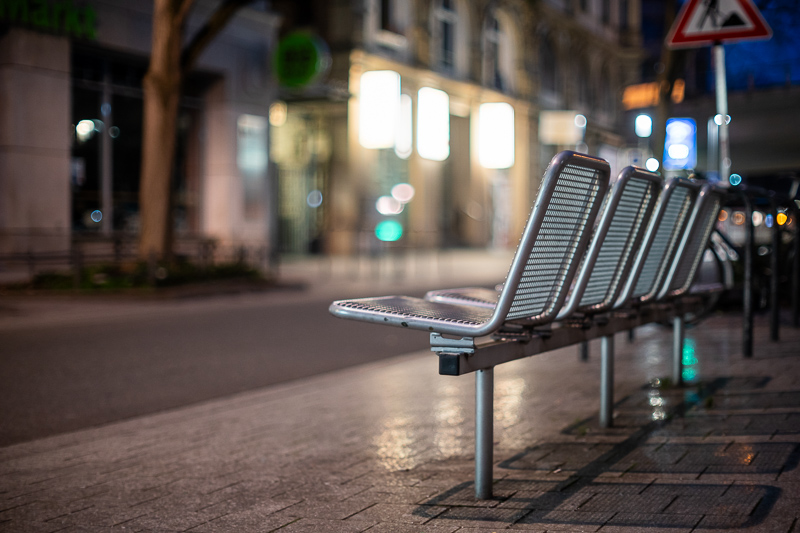
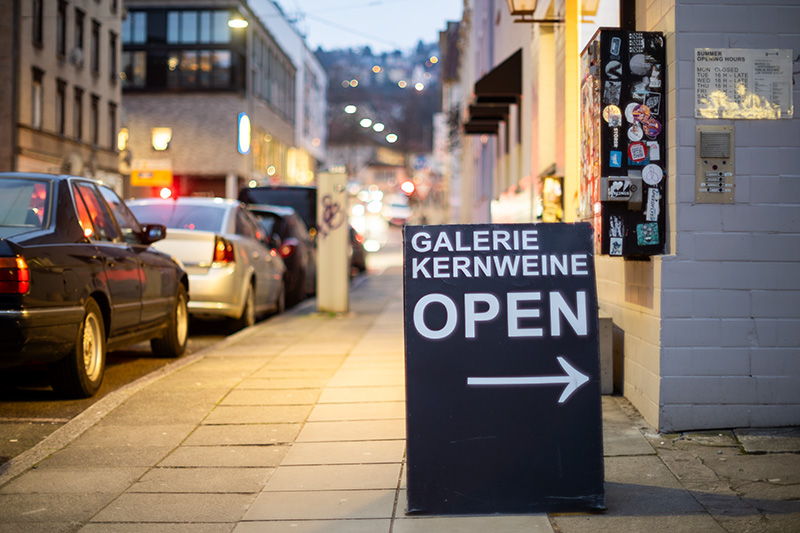
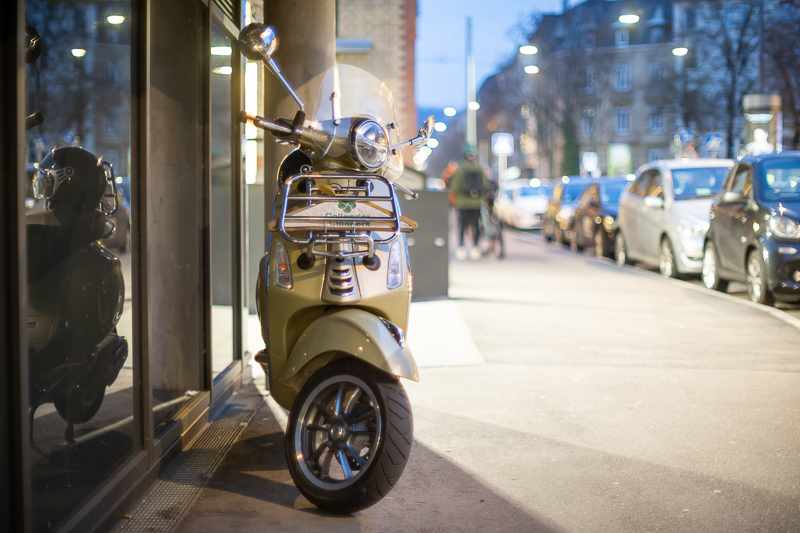
At longer focus distances there are some things to watch out for. The long distance shot of the orange statue still looks mostly fine because the focus point is close to the center and more importantly the subject also stands out against the background because of its catchy color.
With the portrait of my friend Richard the situation is very different. His face is farther off center where the sharpness is lacking and there is also no high color contrast here that could help. There is no clearly defined focal plane here, this becomes very apparent when having a look at the same scene with the lens stopped down to f/2.0.
Under the right conditions it is possible to create an appealing bokeh with this lens, but you need to be aware of its limitations and flaws to be able to make the best of it.
Sunstars
As this is primarily a portrait lens I would have greatly preferred at least 9 rounded aperture blades, but Nikon decided to use a diaphragm made of 7 straight ones. This configuration leads to rather distinct 14 pointed sunstars between f/2.8 and f/16. The lengths of the rays do not look perfectly even to me, but then I have seen much worse from lenses of that era and for that occasional blue hour picture these would be perfectly fine for me.
If you want to know more about sunstar rendering of different lenses have a look at this article.
Chromatic aberration
Lateral
100% crops from corner, Sony A7rII
Lateral CA are on a low to medium level. Still easy to correct in post with just one click, e.g. in Lightroom so nothing to worry about.
Longitudinal
Longitudinal CA are at a medium level. At f/1.2 to f/1.4 they are also somewhat masked by the spherical aberration. At f/2.8 they are mostly gone. This performance is actually not that bad compared to many Nikon AF(-D) and AF-S lenses from several decades later. I expected worse.
We clearly see some purple fringing around high contrast highlights, but also here the performance is much better than I would have expected.
Conclusion
good
|
average
|
not good
|
We need to talk about expectation managment here. What do you expect from a lens first released in 1965?
Today we have f/1.2 lenses that perform better at f/1.2 than this lens does at any aperture (e.g. the Sigma 35mm 1.2 Art DG DN or the Sony FE 50mm 1.2 GM). You may point out how huge and bulky these high performance lenses are by comparison and you are right about that. But then there are also lenses like the Voigtländer 50mm 1.2 Nokton that are just as small and still perform way better at f/1.2, thanks to several aspherical surfaces. So if you were hoping this Nikon 55mm 1.2 offers the same kind of performance as these aforementioned lenses at a lower price you will be disappointed.
In today’s times this lens is for those that are looking for something different. Who are bored by the “optical perfection” of modern lenses and are looking for a specific look, that “vintage rendering”. If you are among those, this 55mm 1.2 is an affordable entry ticket. You should also be aware this lens is not as easy to use as modern ones. It is optimized for close to mid distances at f/1.2. For full body portraits your subject better be in the center, otherwise it is probably a good idea to stop down a bit.
Going by what I read about this lens, I got the impression that it must be unusable at its maximum aperture. Looking at the pictures I took with it, I don’t agree with that. Understanding its strenghts and weaknesses is necessary though, but this review should help with that.
buy from ebay.com | ebay.de (affiliate links) starting at $300
Alternatives
I reviewed a lot of fast 50mm lenses but most of them have been M-mount lenses. I also did a Comparison of Super Fast 50mm M-mount Lenses that might be worth a look.
We also have a Guide on 50mm Lenses that can be used on E-mount cameras (most of them also on other mirrorless cameras) that will give you a good overview.
Nikon 50mm 1.2 Ai(-s):
I only used this lens shortly. From my memories it performs similar at f/1.2 to f/1.4 but better at infinity slightly stopped down. The Ai-s version of this 50mm features 9 aperture blades, which I would prefer over the 7 of this 55mm 1.2. The 50mm 1.2 is noticeably more expensive than this 55mm 1.2 and I am actually not sure it is worth the premium.
buy from ebay.com | ebay.de (affiliate links) starting at $400
Nikon 58mm 1.2 Noct Ai(-s):
Thanks to its hand ground aspherical element this 58mm corrects coma much better, but don’t expect performance to be on par with high performance modern lenses. For anything but astrophotography I don’t think this performs much better than the aforementioned 50mm 1.2 or the 55mm 1.2 being reviewed here. Collectors have driven up the price of this one to completely absurd levels. You don’t pay for its great performance, only for its rarity. And it isn’t even that rare.
I still hope I get the chance to one day review one of these.
buy from ebay.com | ebay.de (affiliate links) starting at $3000
Voigtländer 55mm 1.2 Nokton SLIIs:
While Nikon declared the F-mount dead, Cosina is surprisingly still designing new F-mount lenses like this 55mm 1.2. Unlike Cosina’s f/1.2 lenses for other camera systems it does not make use of aspherical elements though and in fact its rendering is very similar to this old Nikon lens. Personally, if money was no object, I would gladly prefer this Voigtländer lens for being a bit less soft at f/1.2, featuring 9 rounded aperture blades, more nicely shaped out of focus highlights, perfectly round rear element without cut-out and better flare resistance.
buy from Amazon.com | B&H | ebay.com | ebay.de (affiliate links) for $699/649€ or find your local Voigtländer distributor
Sample Images
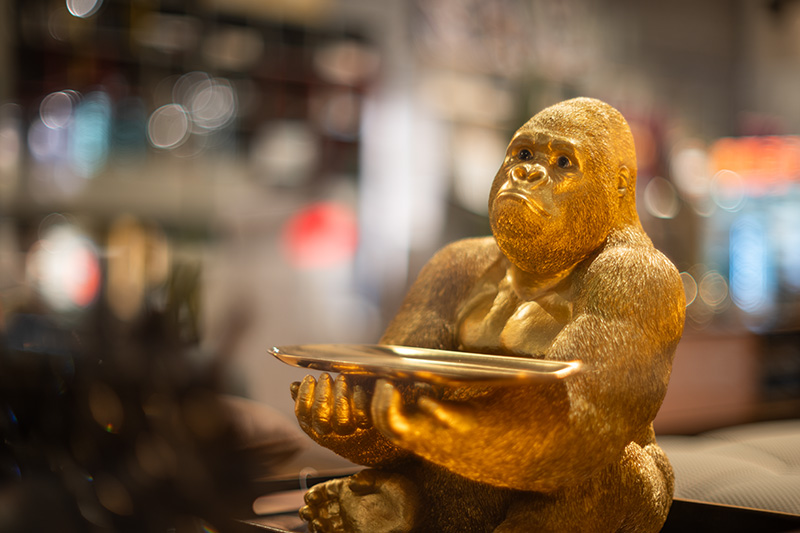
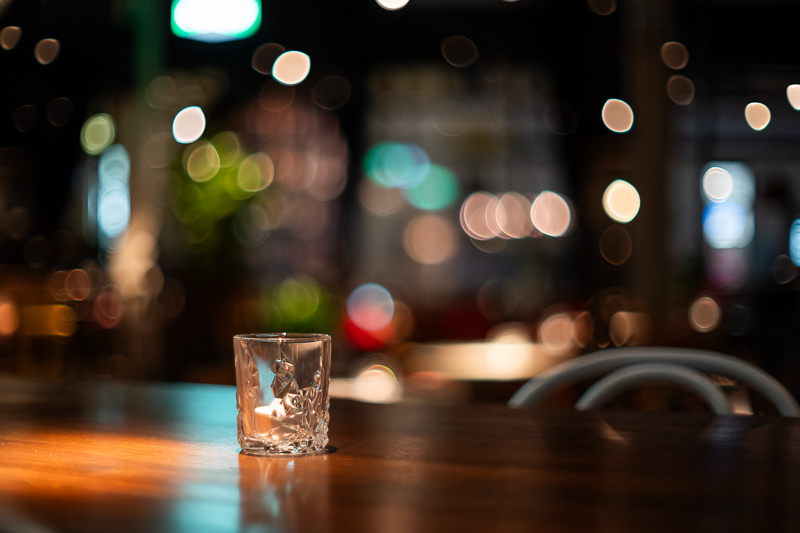
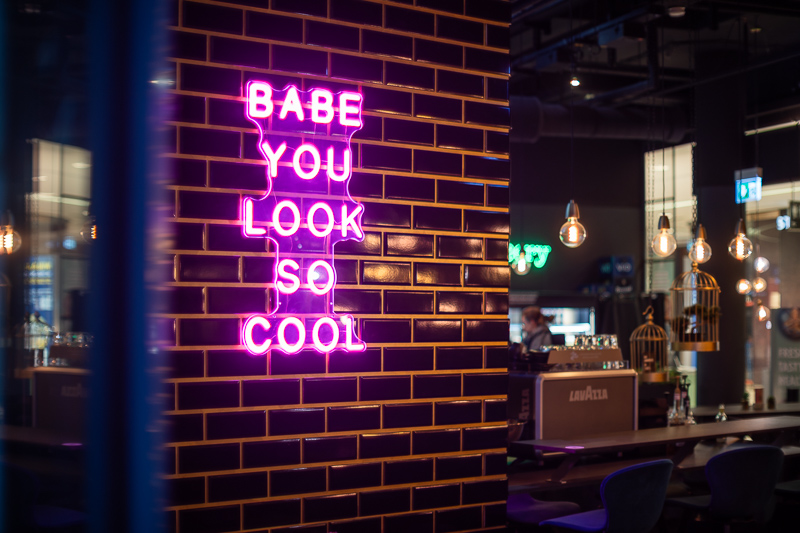
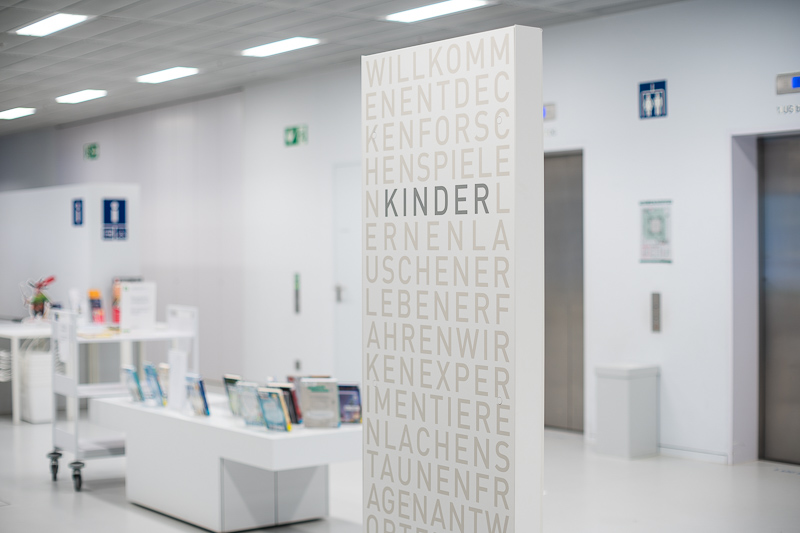
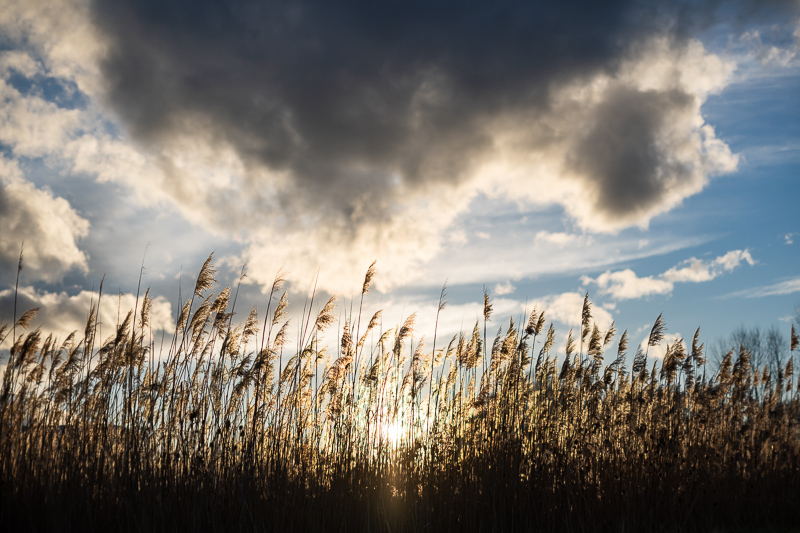
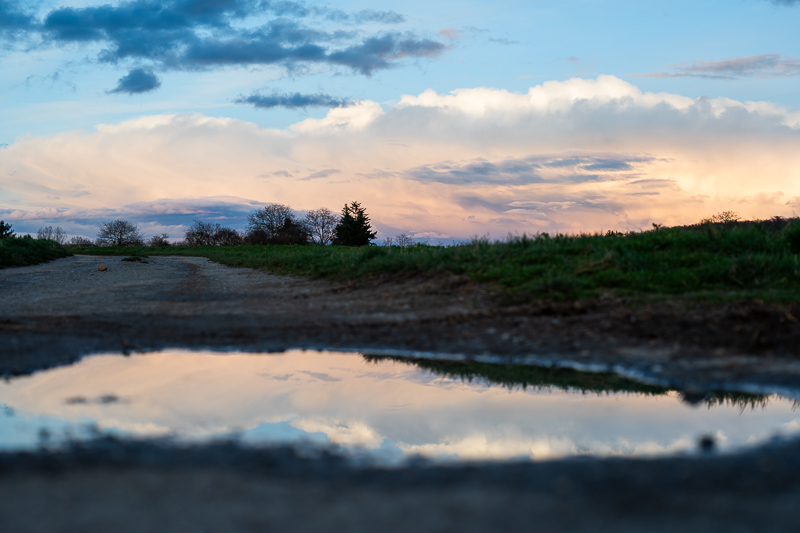
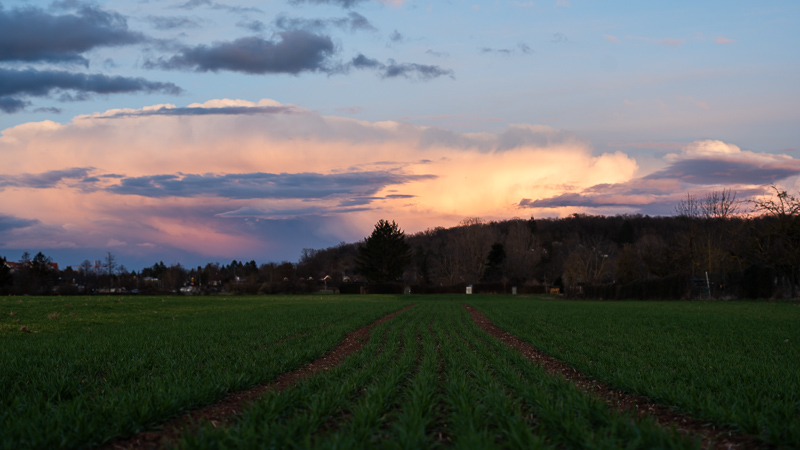
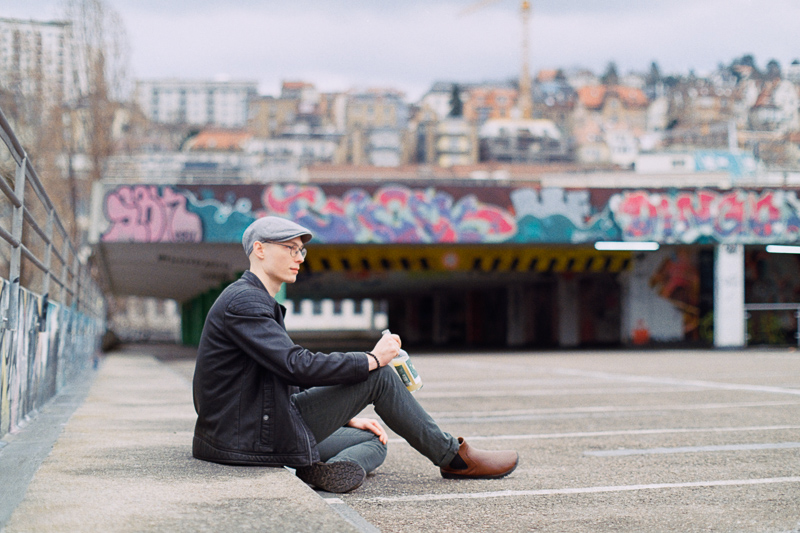
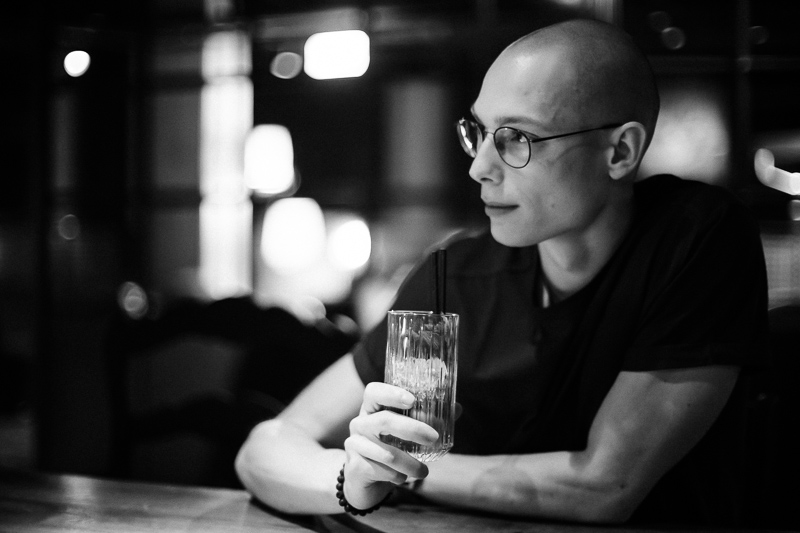
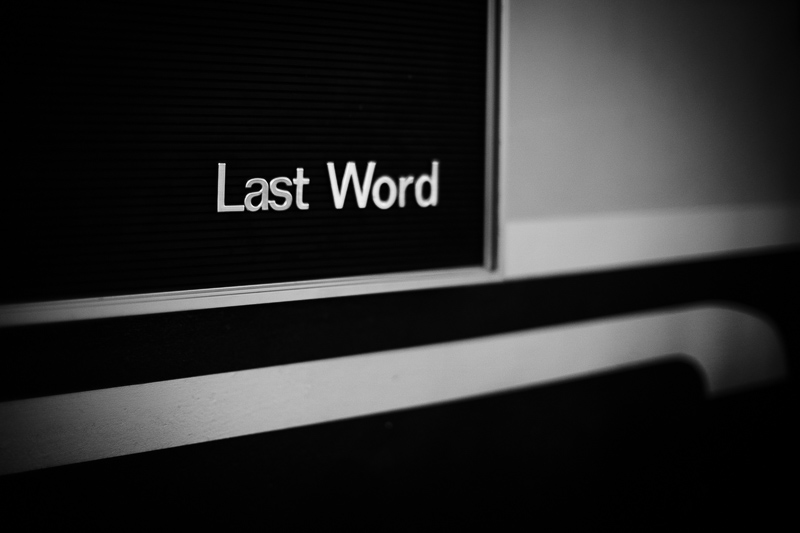
Most of the sample images in this review can be found in full resolution here.
Further Reading
- All Lens Reviews
- Analogue Adventures Landing Page
- Review: Nikon AF-S 58mm 1.4G
- Lens Aberrations explained
- Review: Voigtländer VM 40mm 1.4 Nokton MC
Support Us
Did you find this article useful or just liked reading it? Treat us to a coffee!
![]()
![]()
![]() via Paypal
via Paypal
This site contains affiliate links. If you make a purchase using any of the links marked as affiliate links, I may receive a small commission at no additional cost to you. This helps support the creation of future content.
Latest posts by BastianK (see all)
- Analogue Adventures – Part 33: Harman Phoenix 200 - July 24, 2024
- Review: Nikon 200mm 2.0 IF-ED Ai – The first of its Kind - July 21, 2024
- Review: Voigtländer 50mm 1.1 Nokton – Better than its reputation? - July 17, 2024
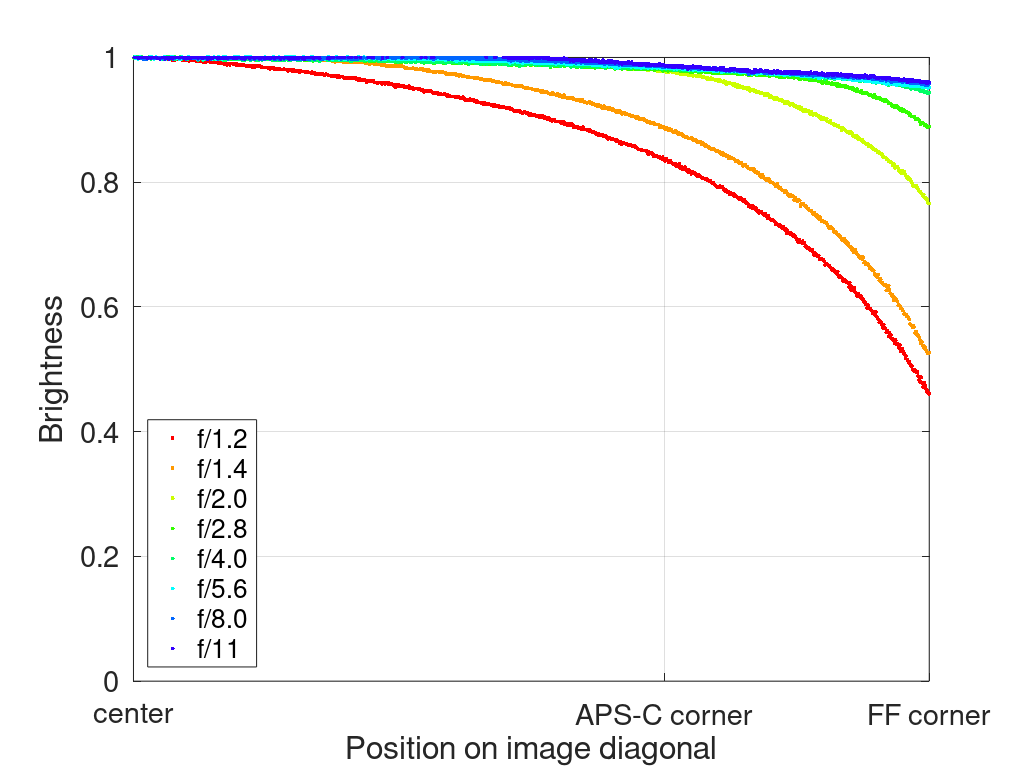
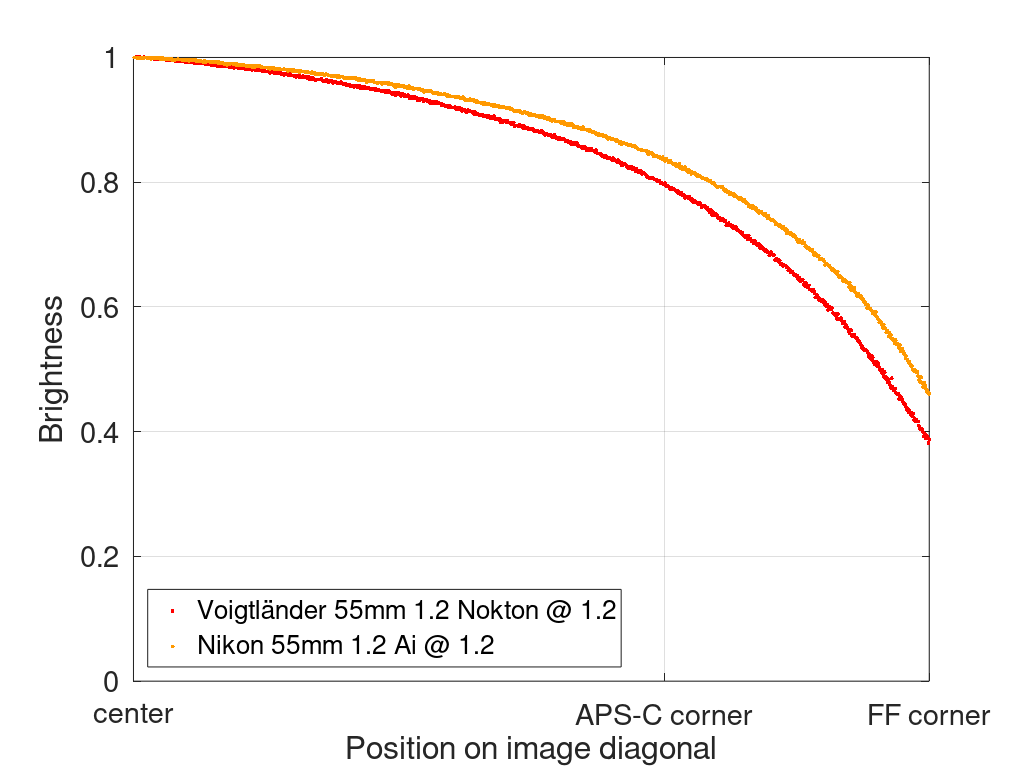






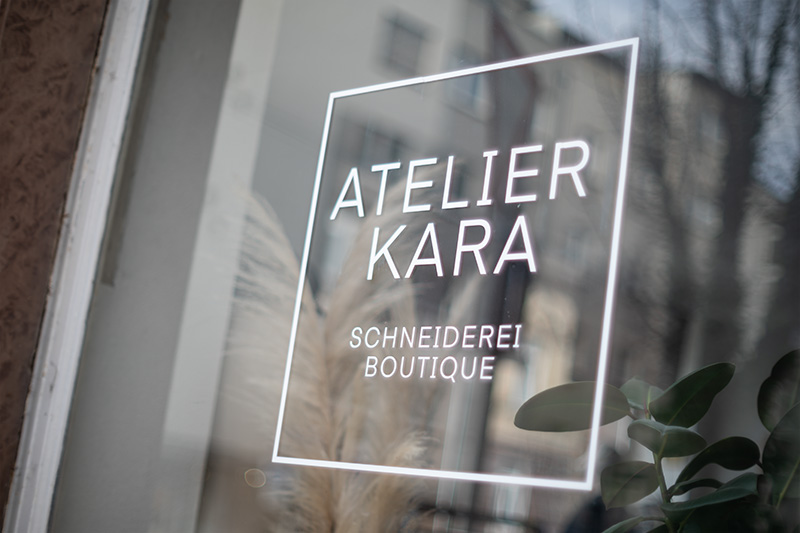
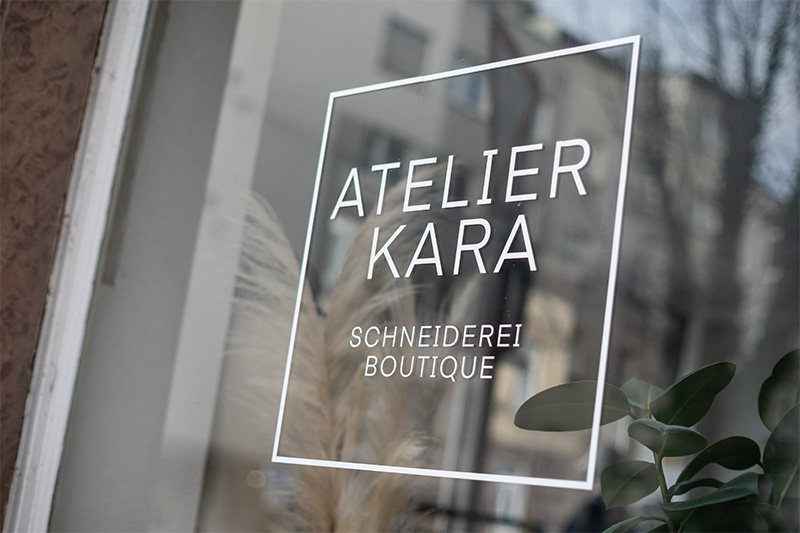
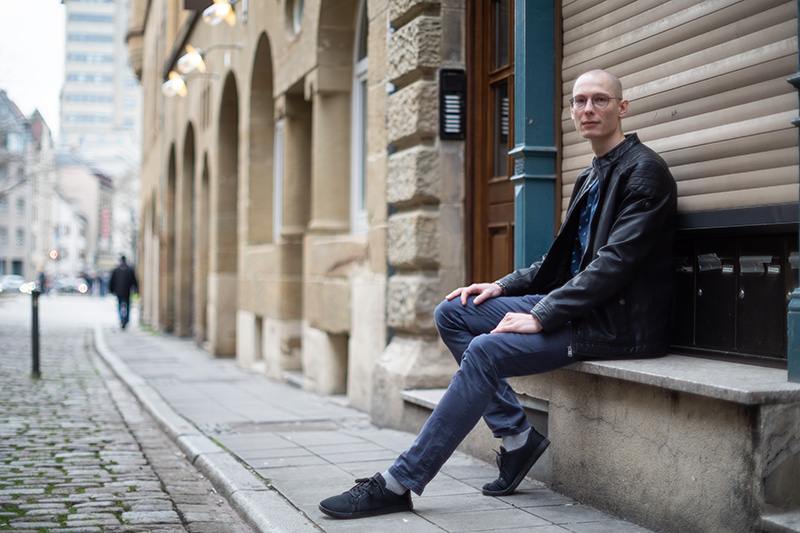
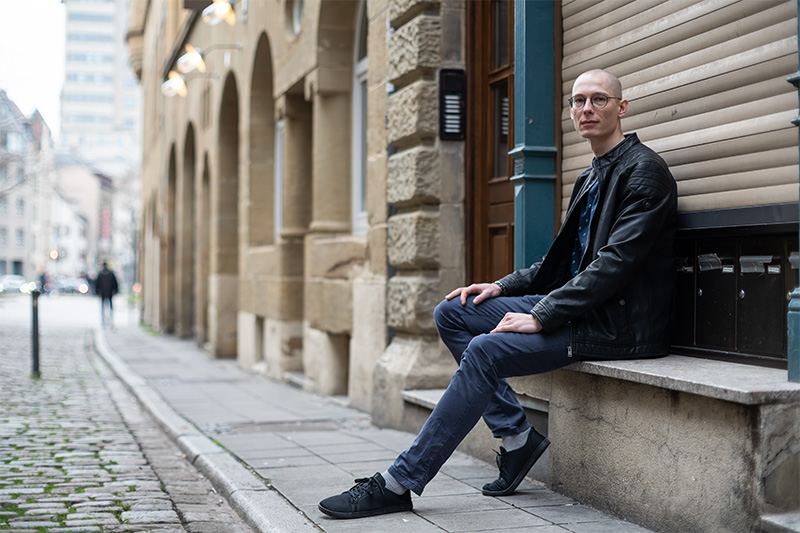
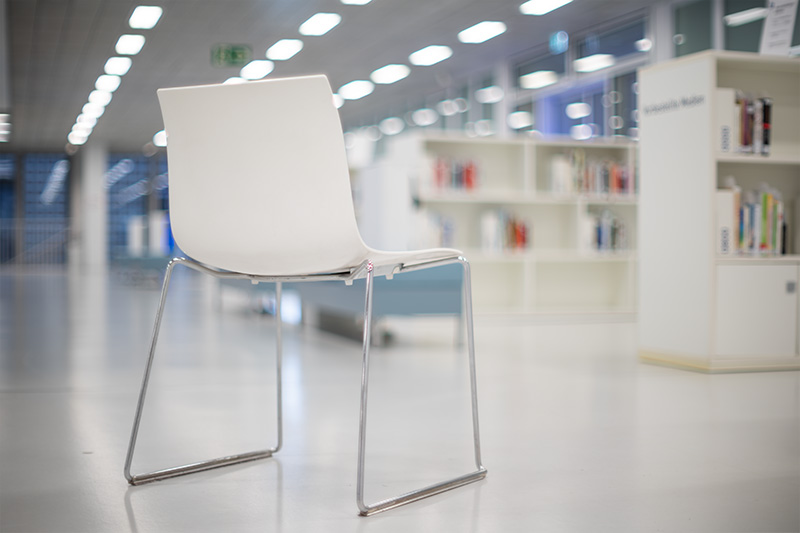
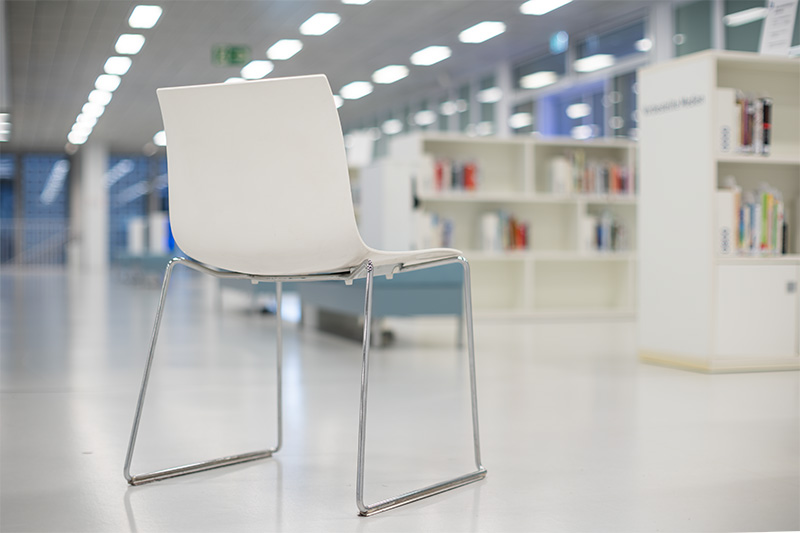
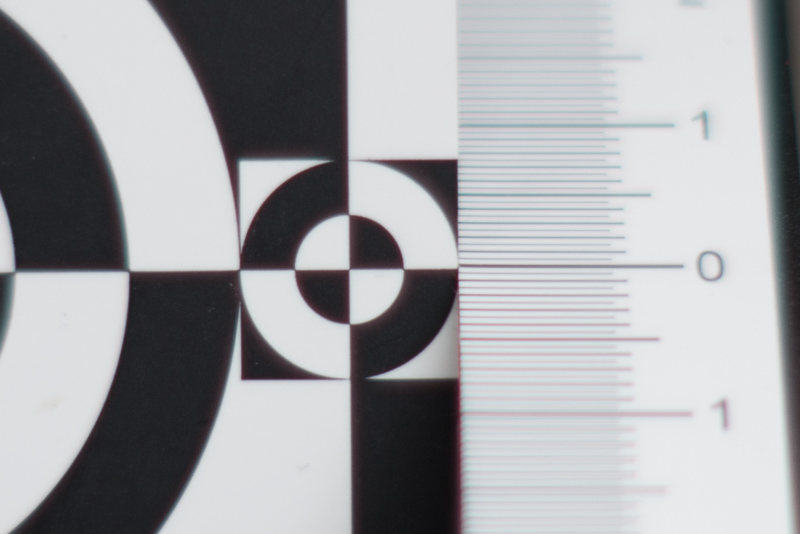
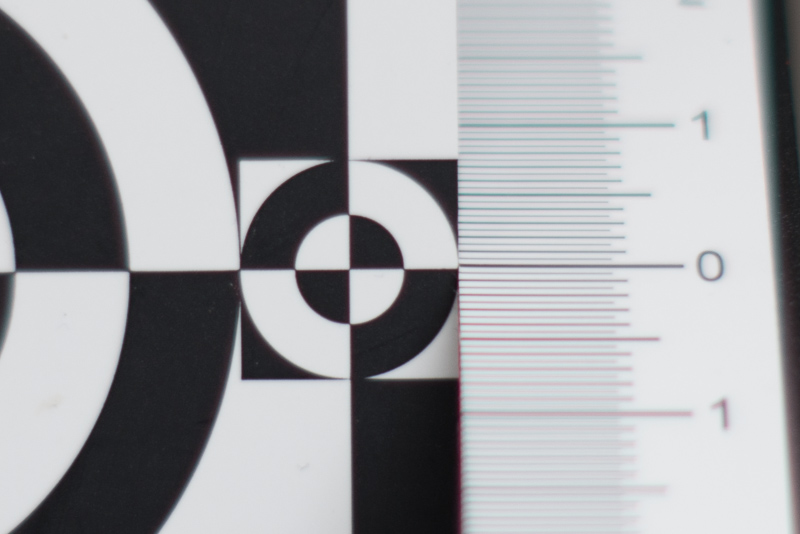
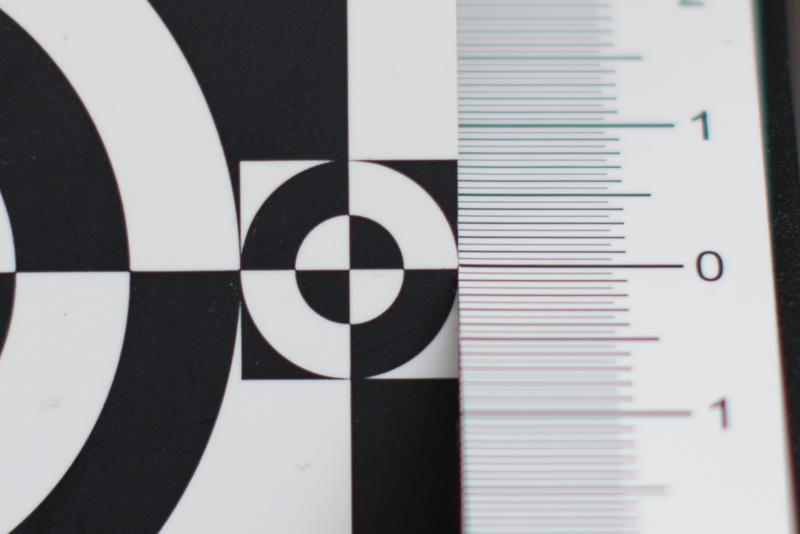
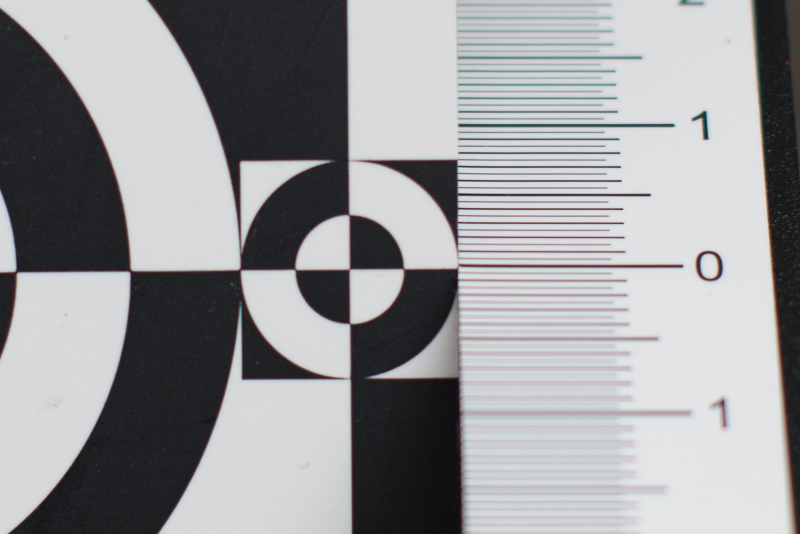
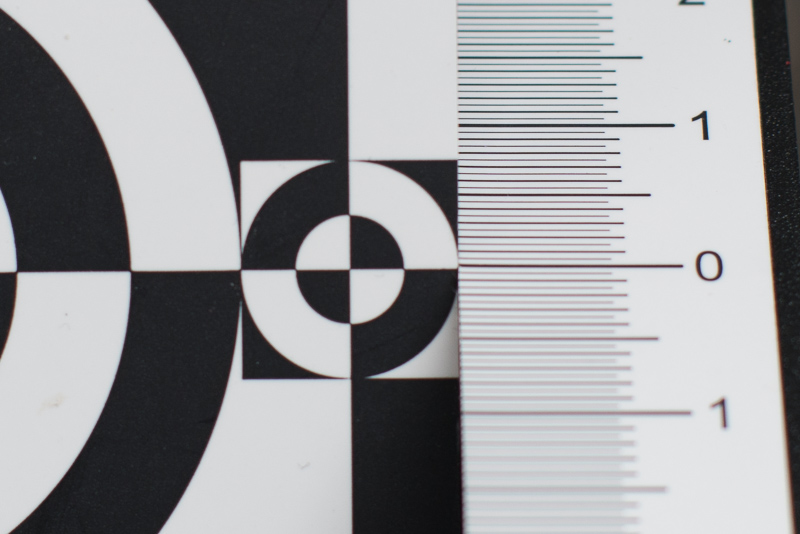
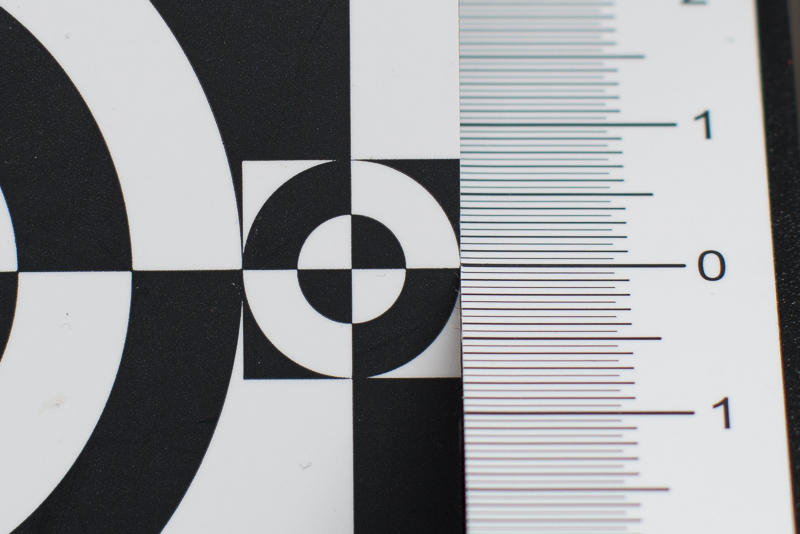
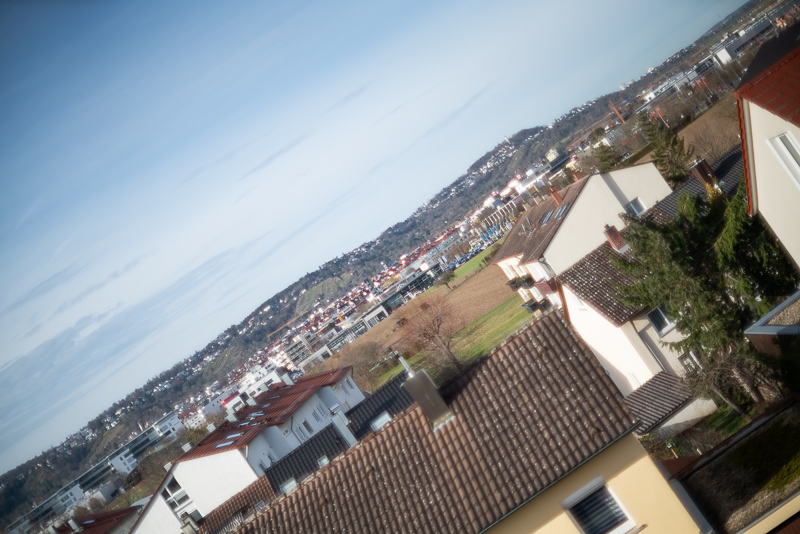

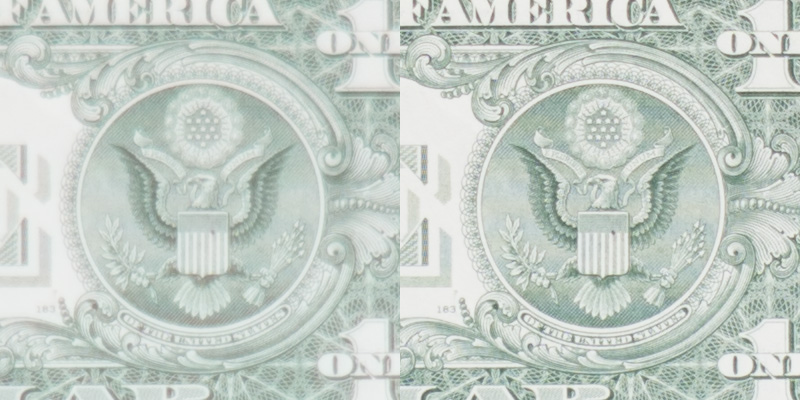
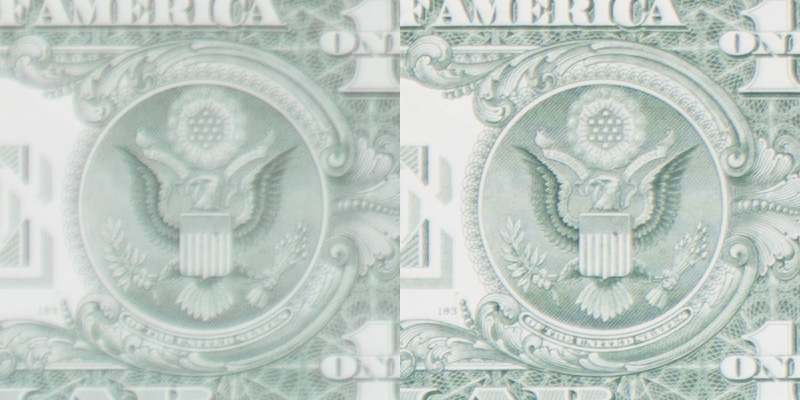
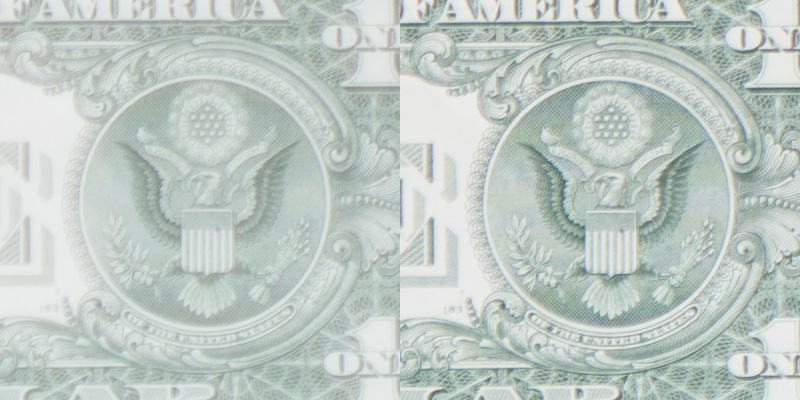
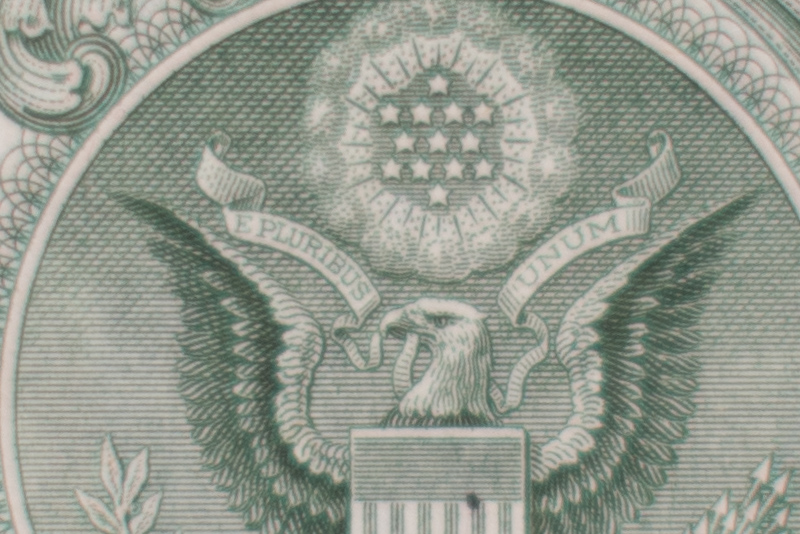
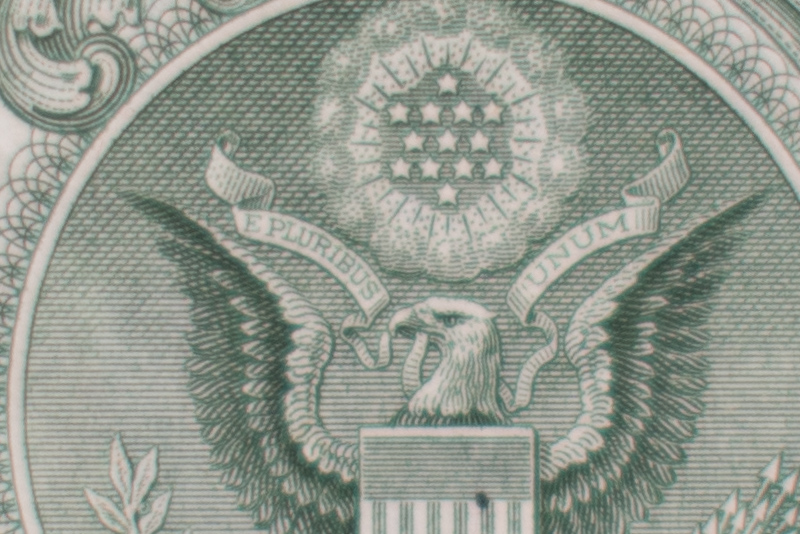

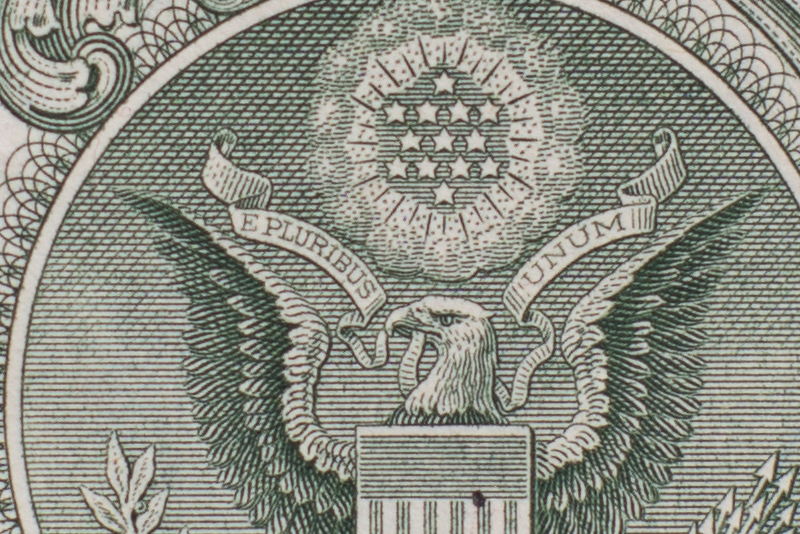
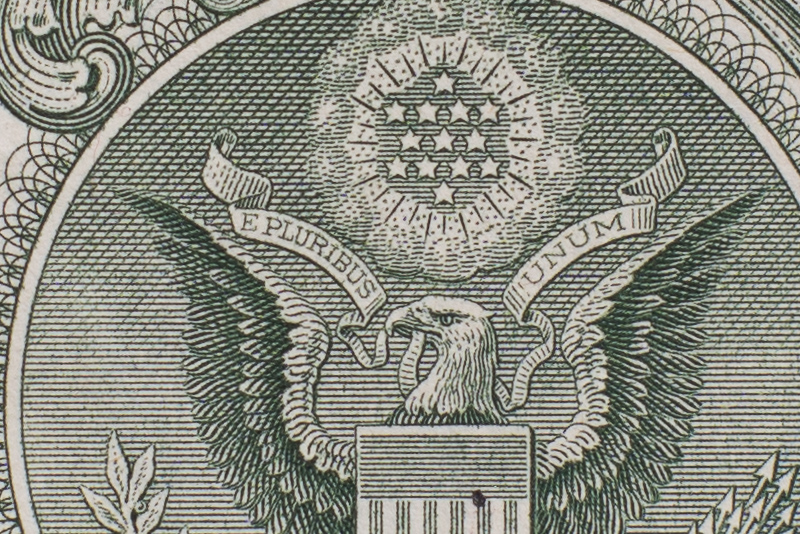
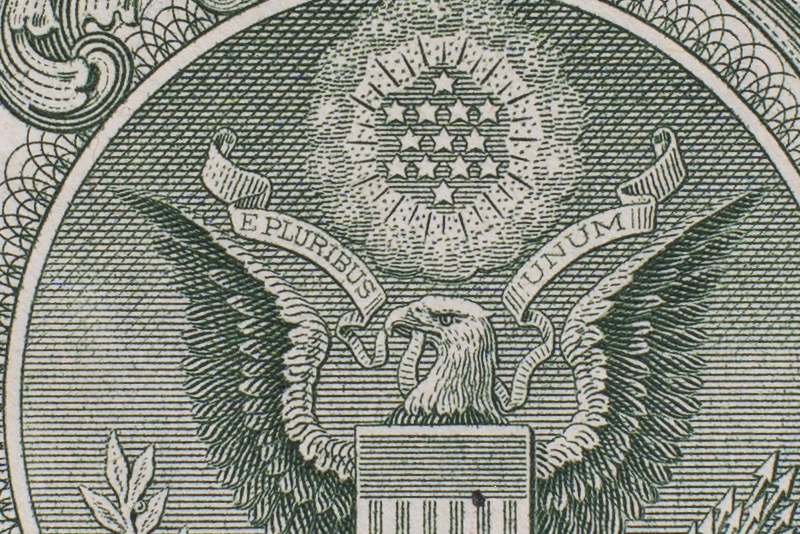
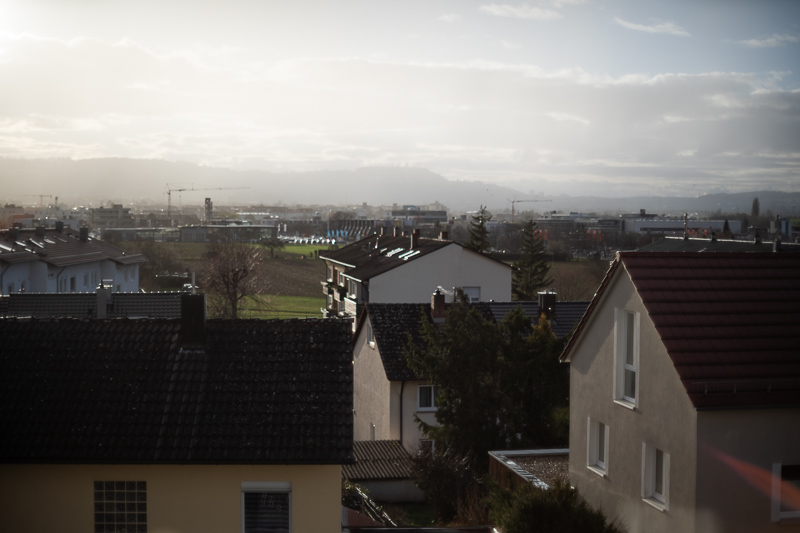
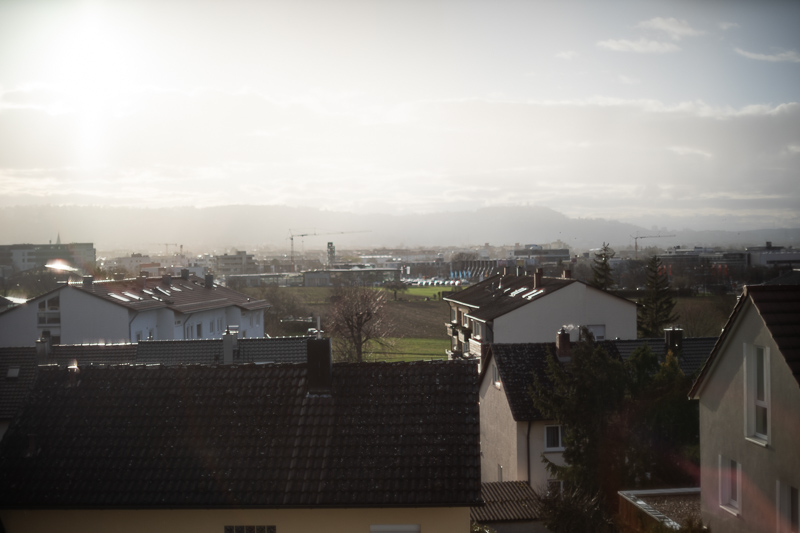
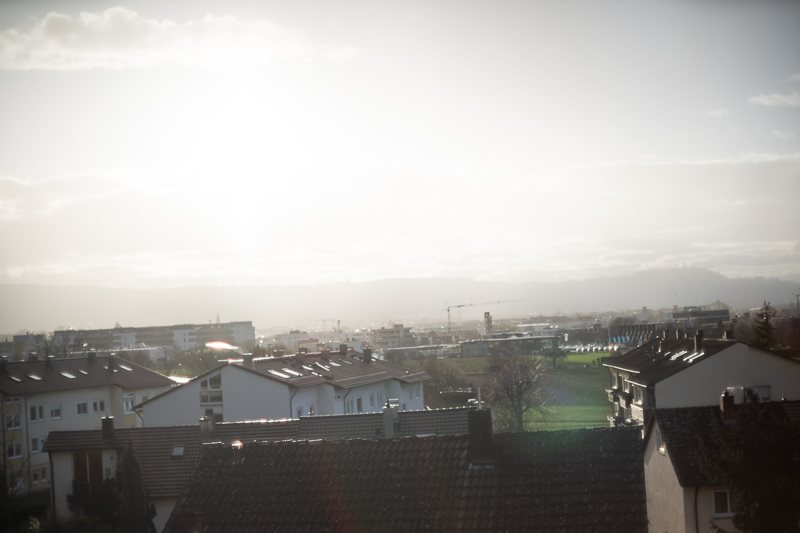
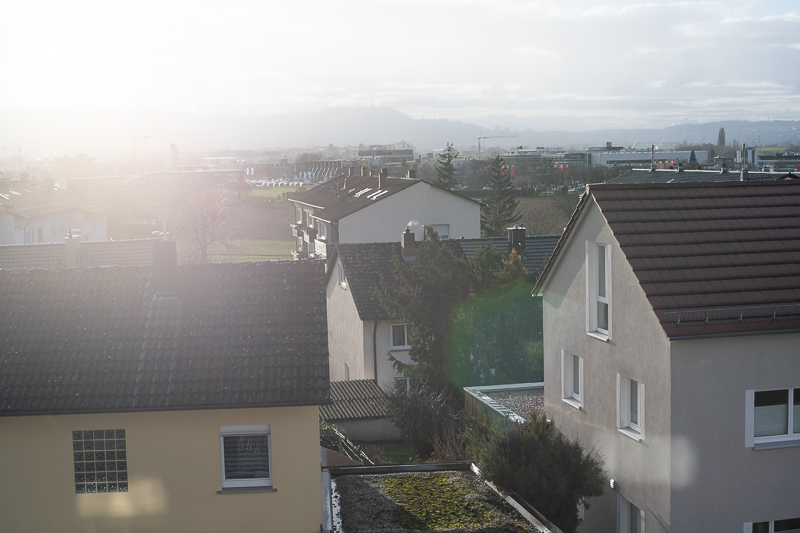
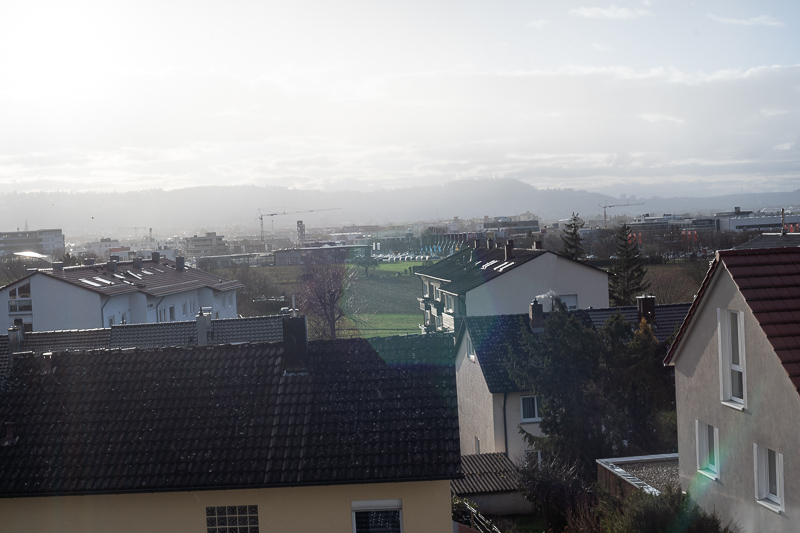
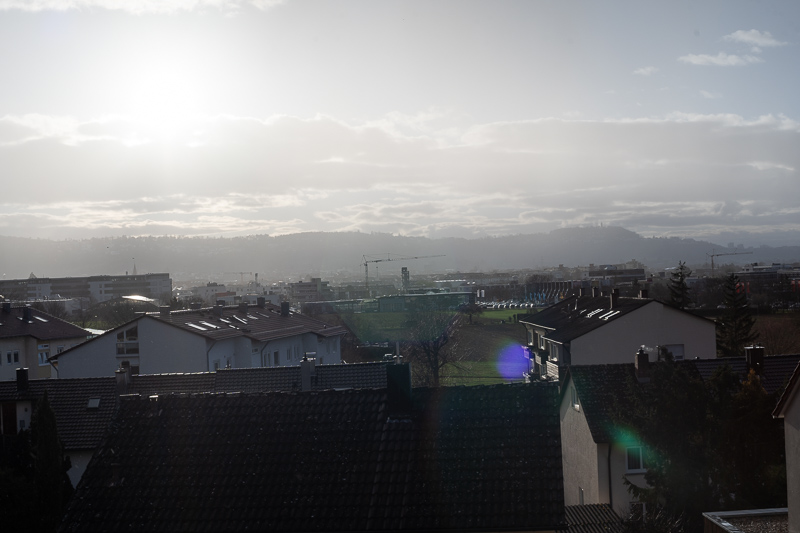
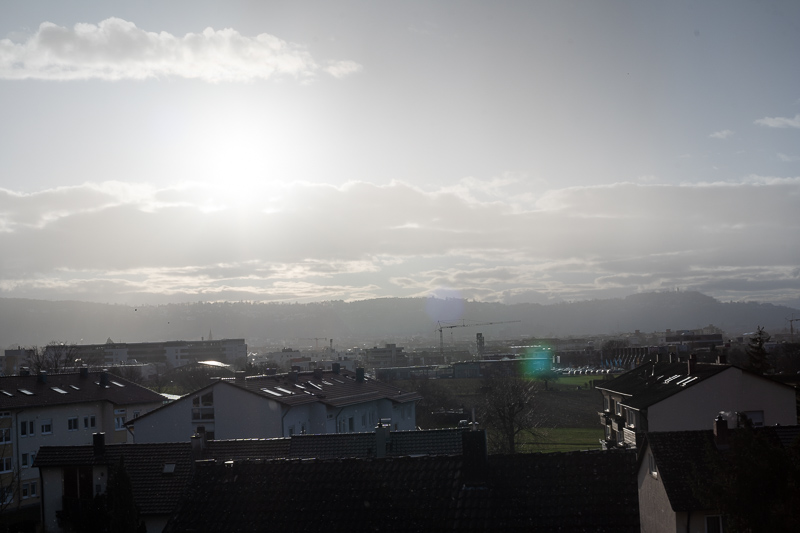
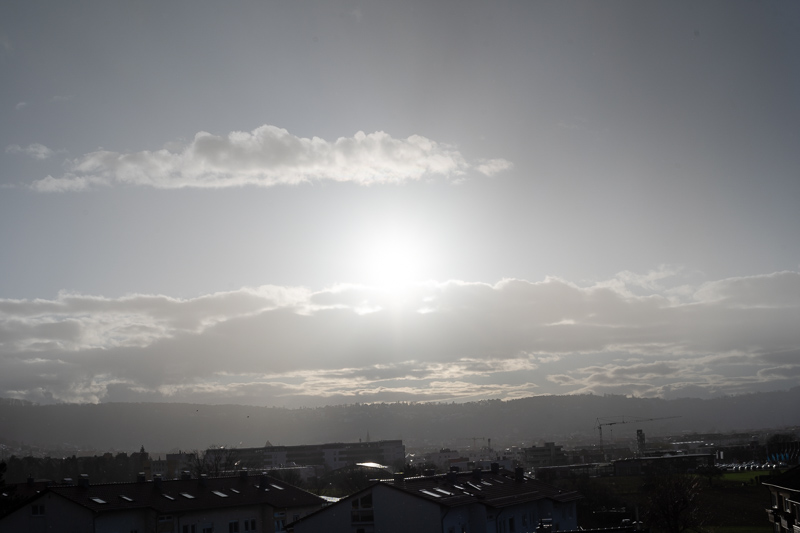
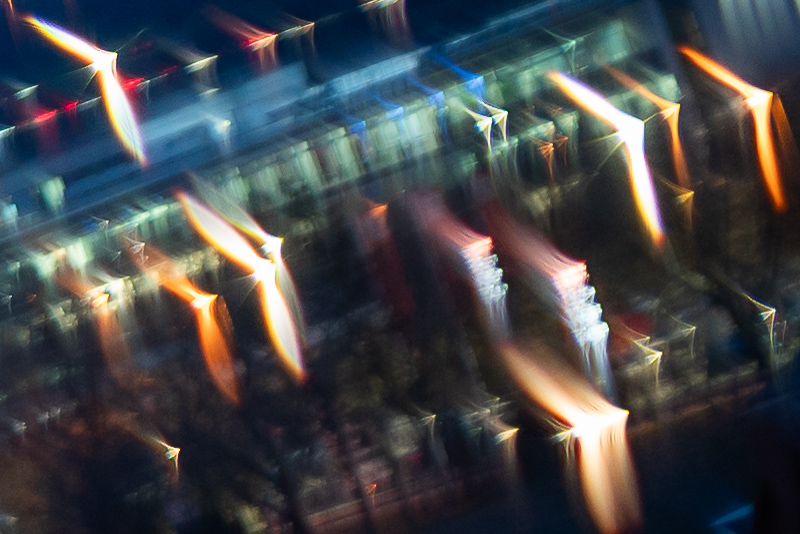
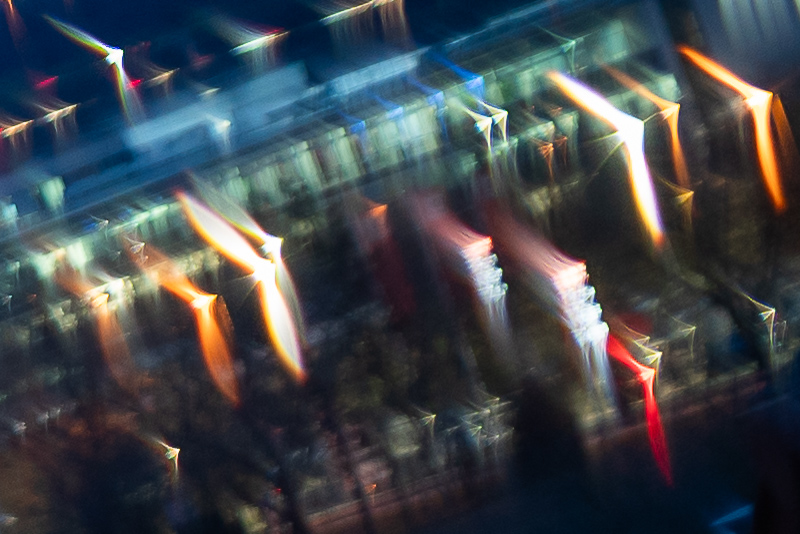
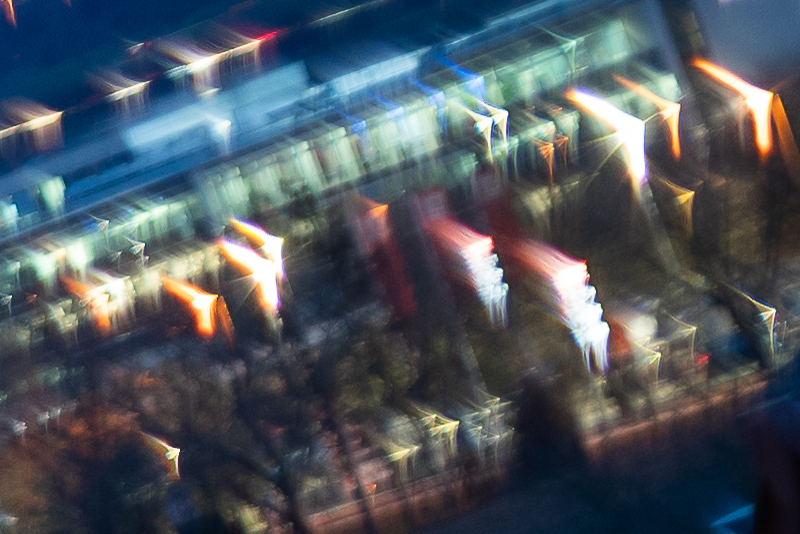
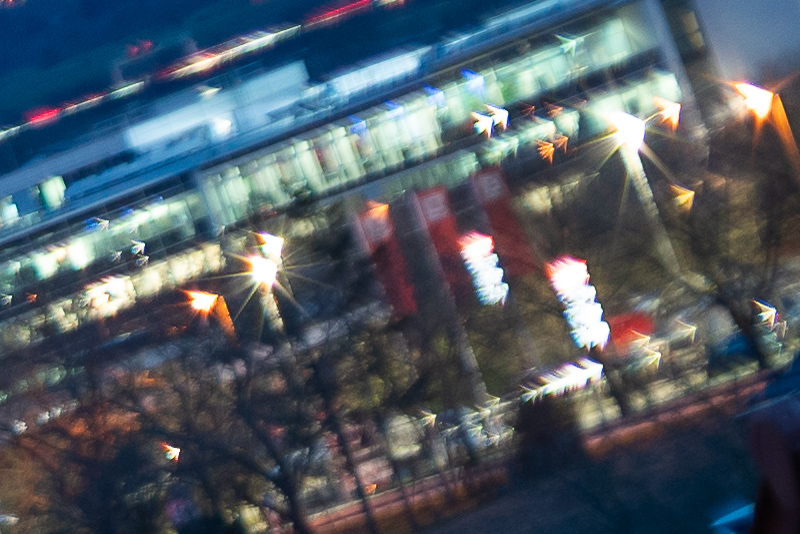
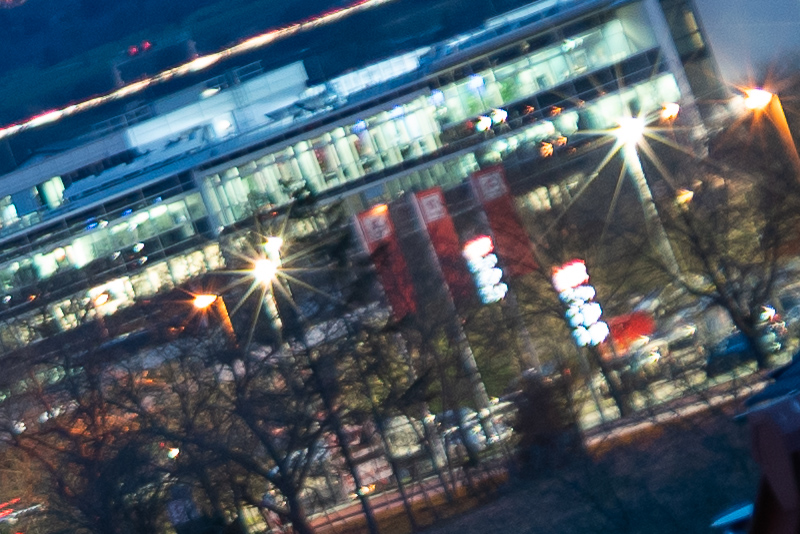
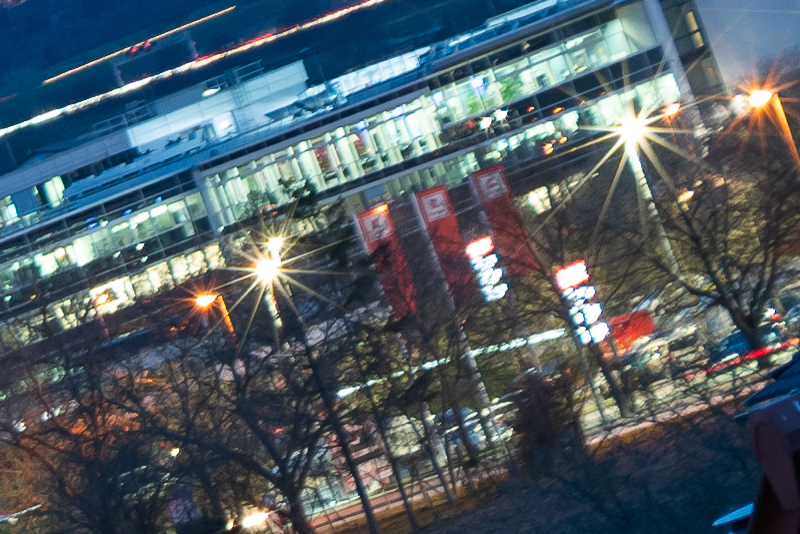
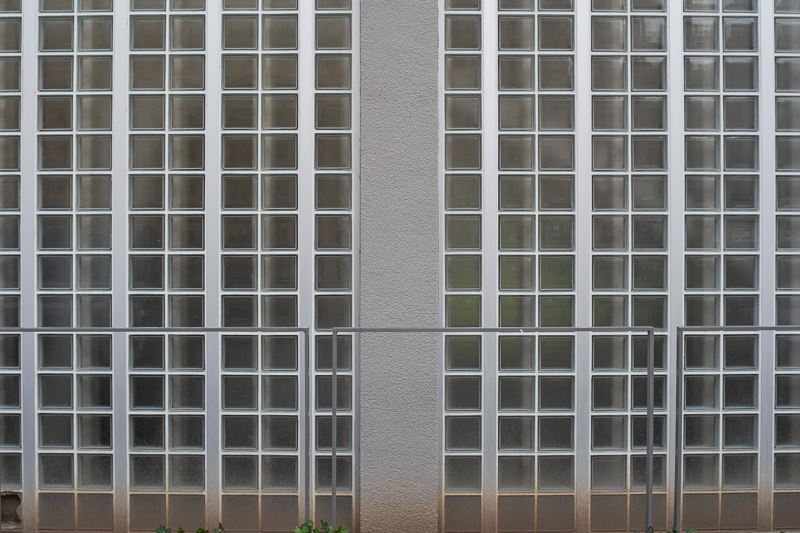
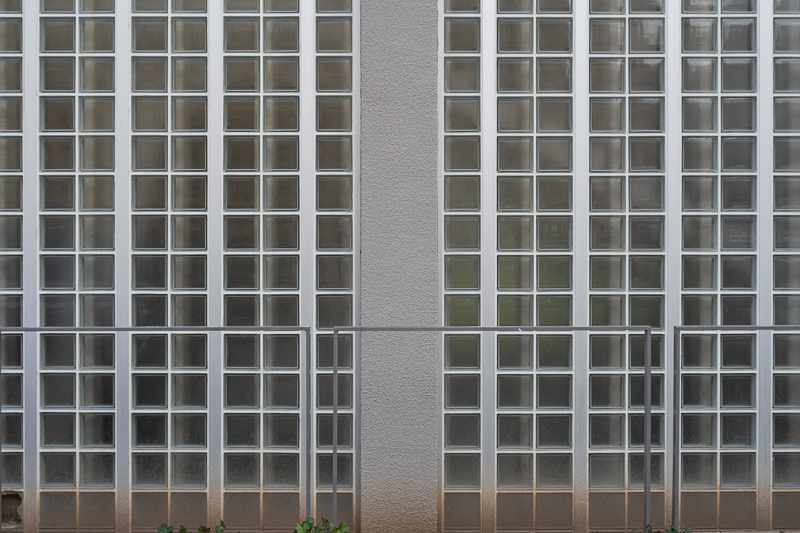
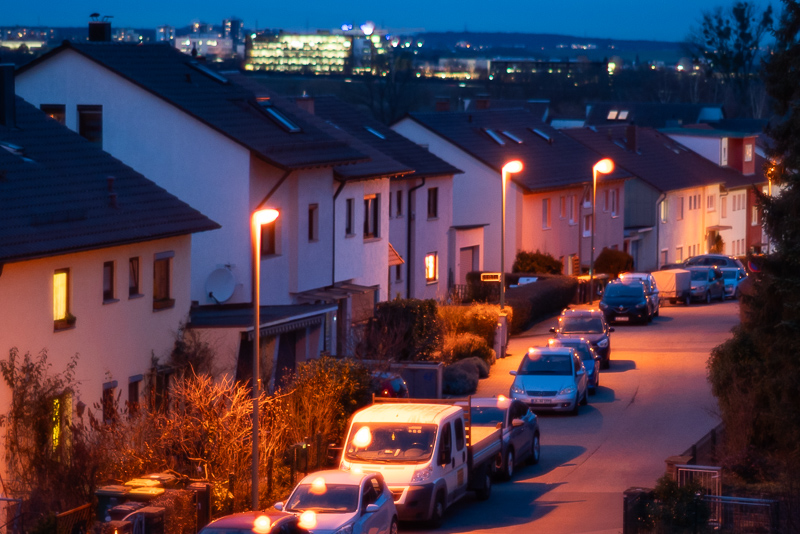
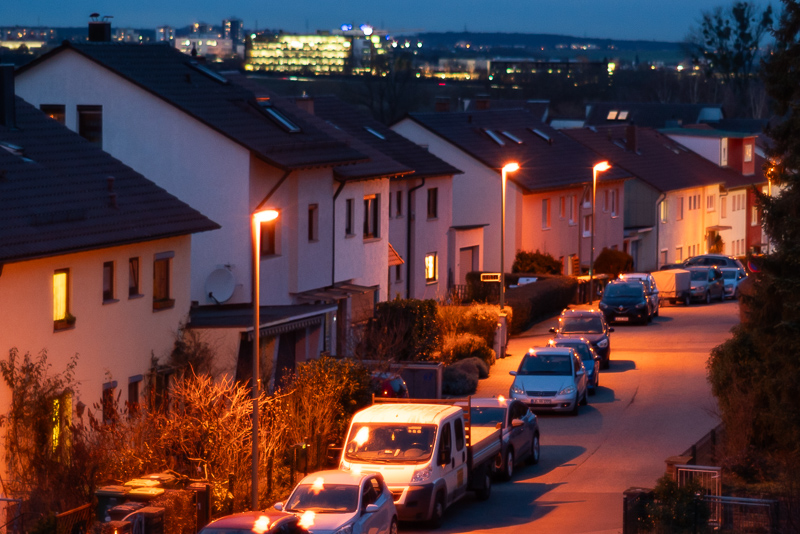
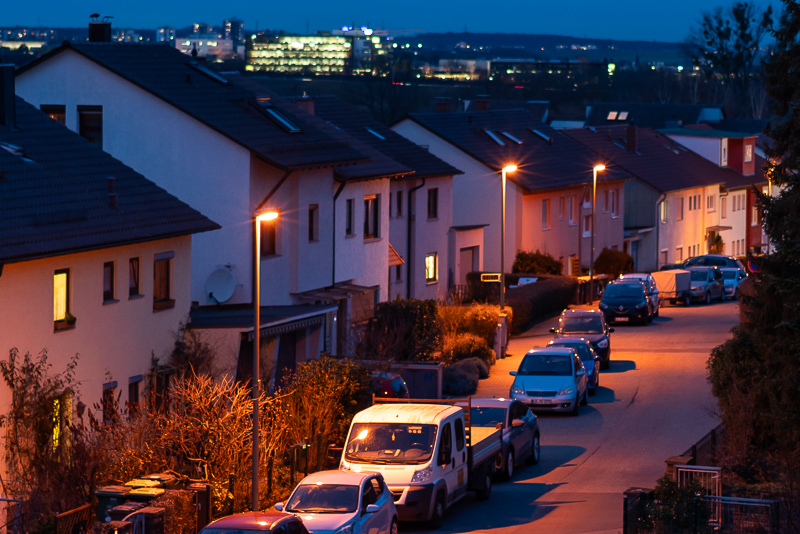
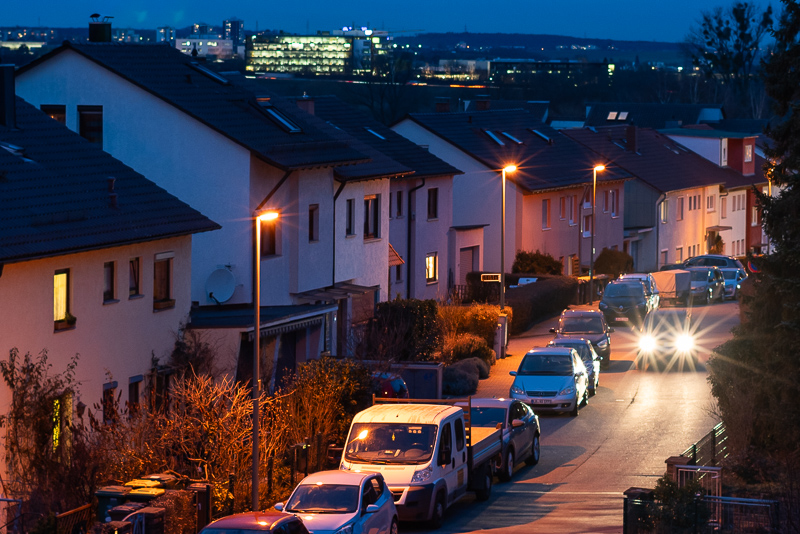
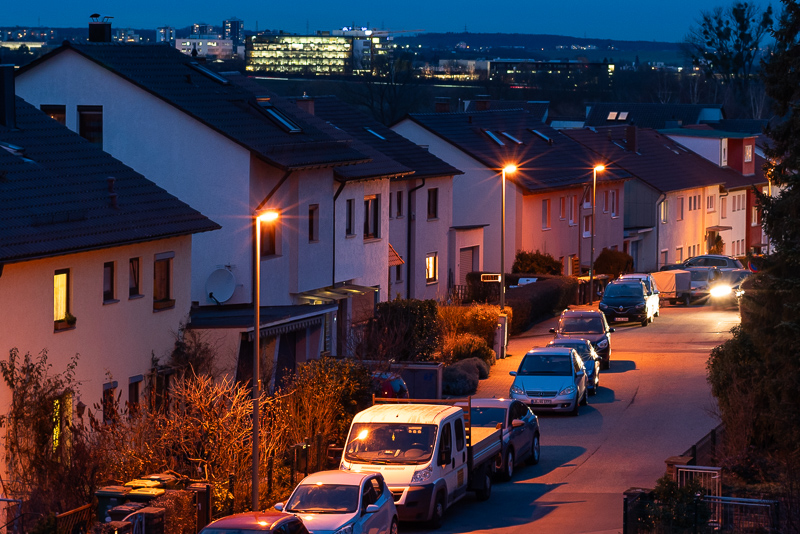
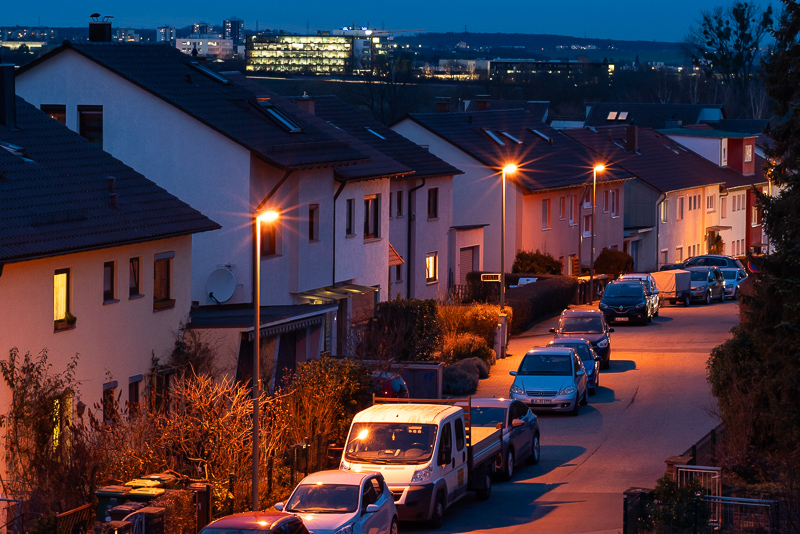
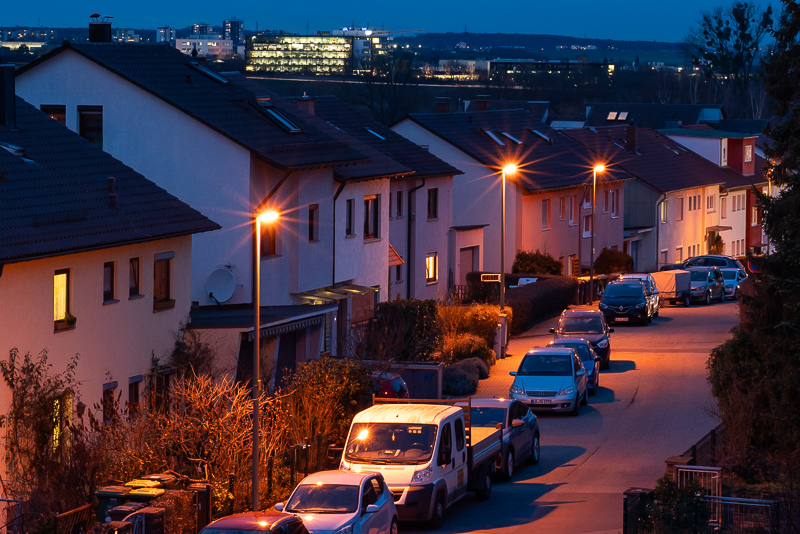
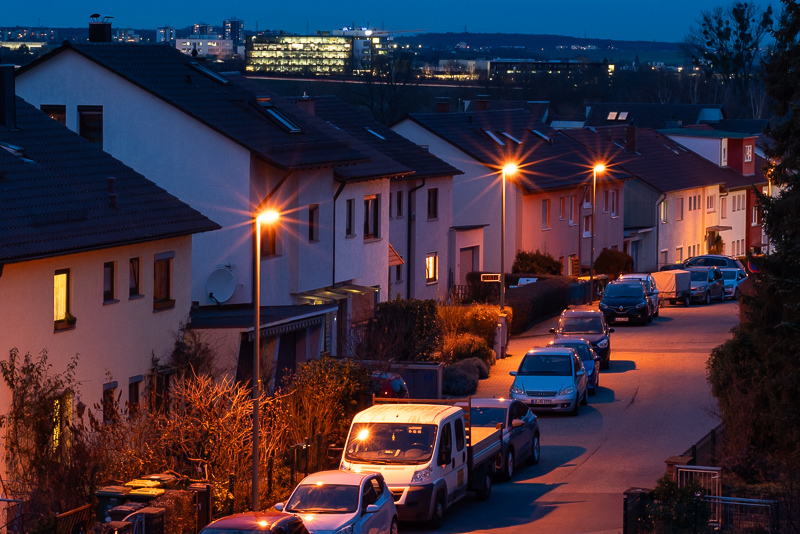
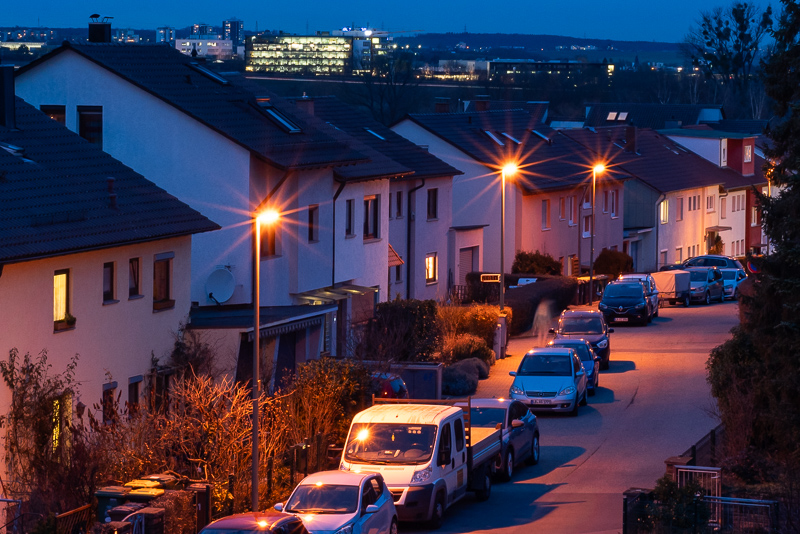
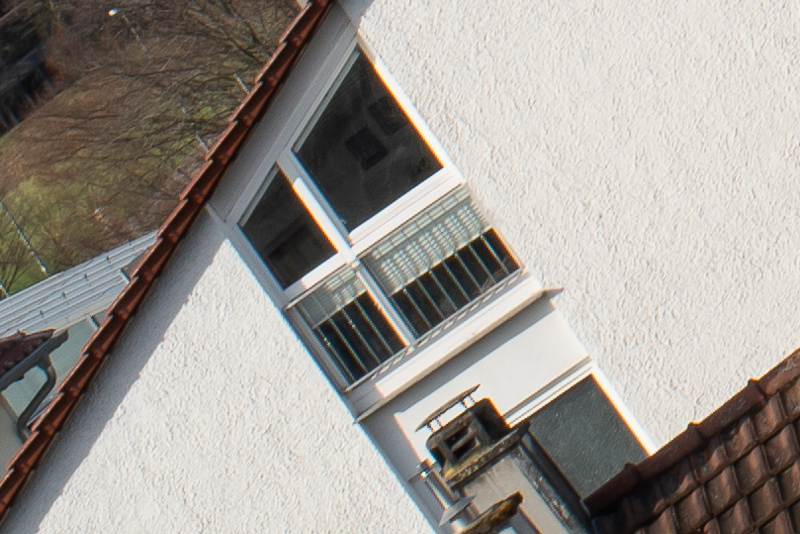
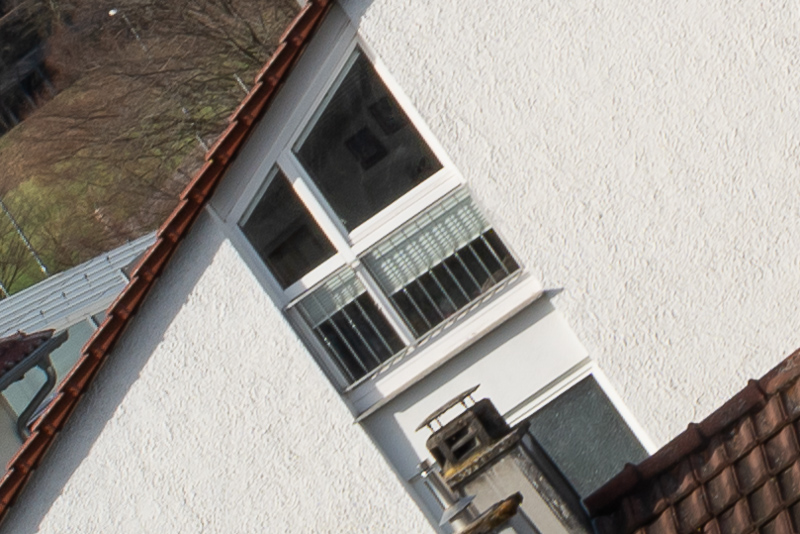
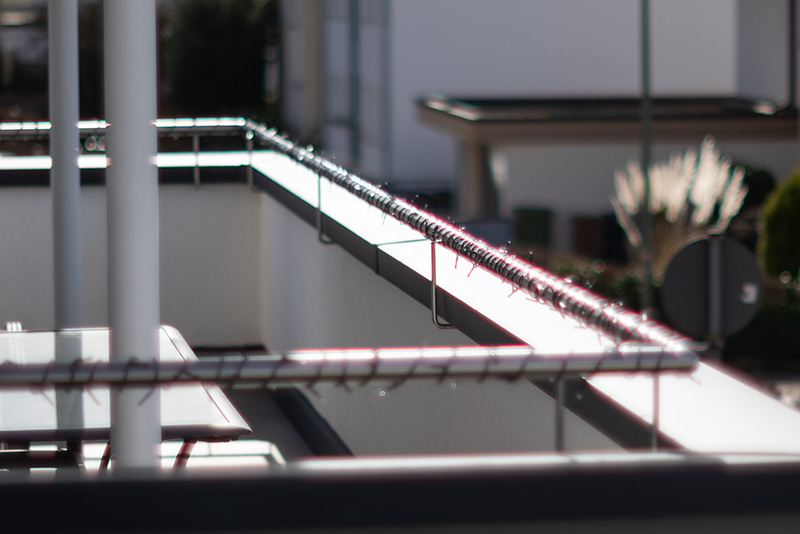
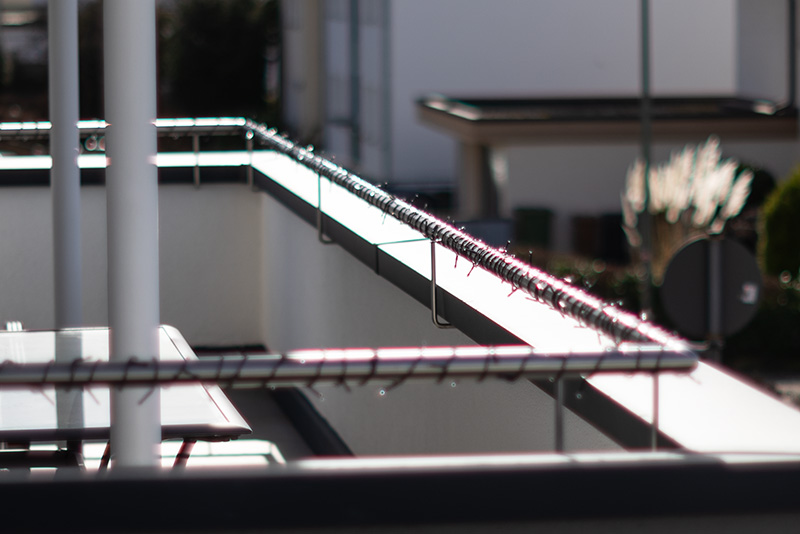
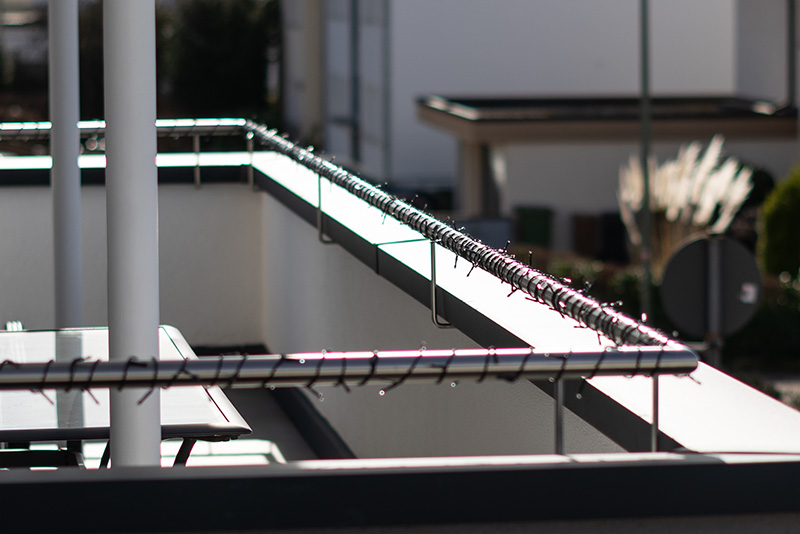
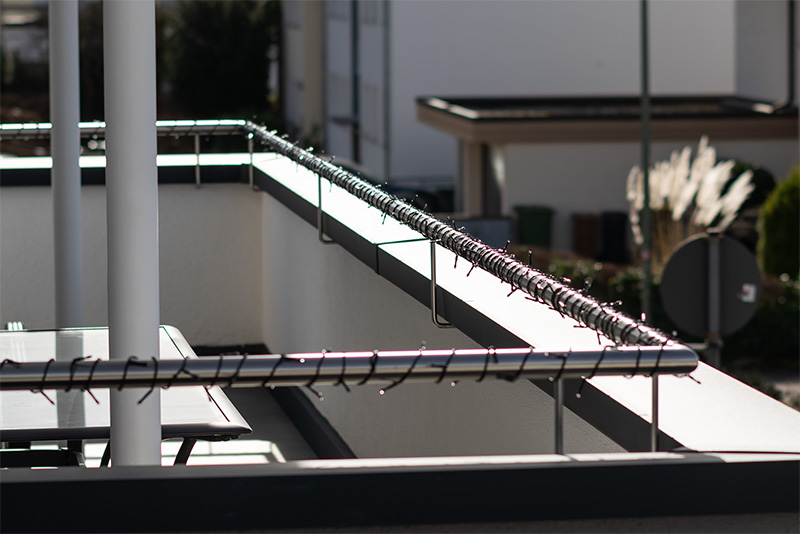
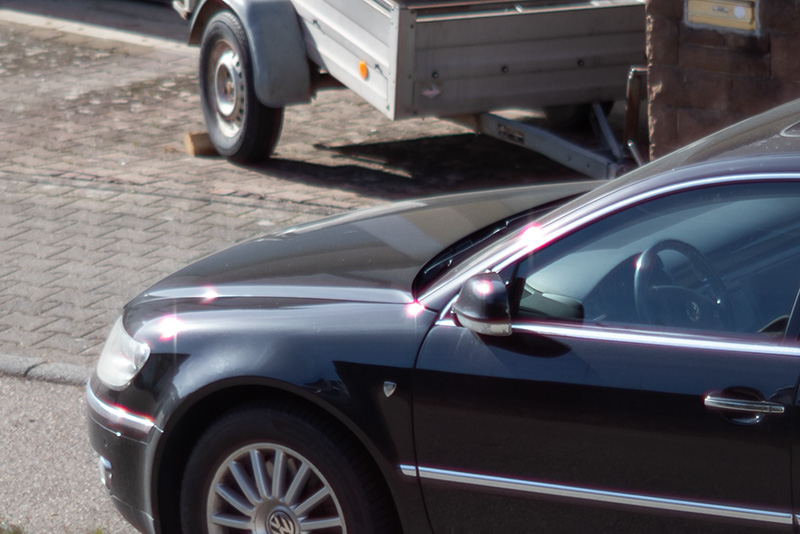
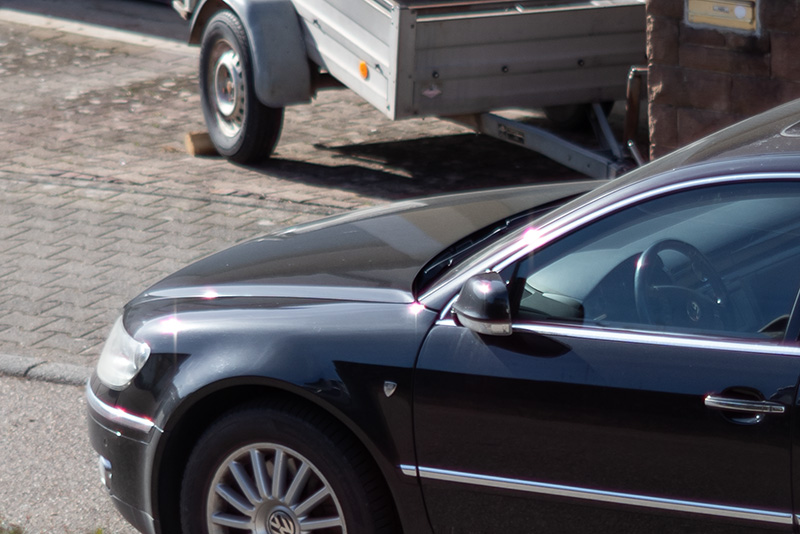
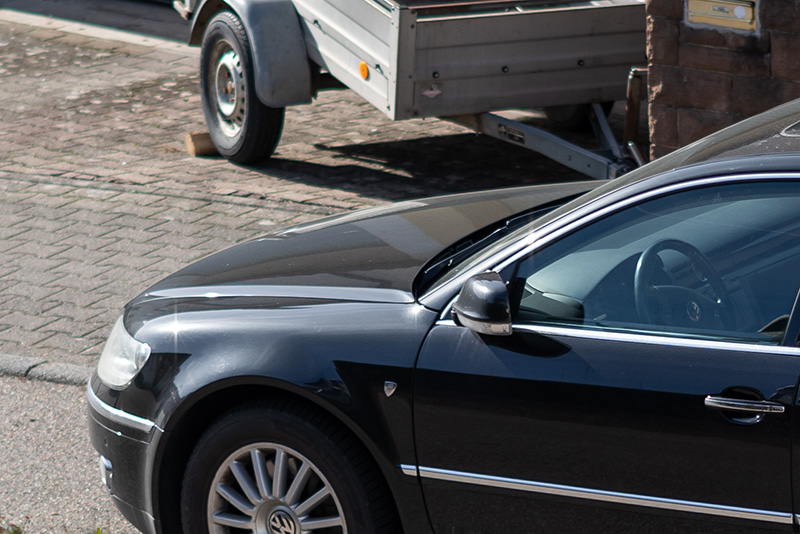
Nice review again Bastian!
Sometimes I use a Canon FD 50 mm f1.2 on my Z7. Seems to have a more modern look than this Nikkor, concerning bokeh and corner sharpness when closed down. Coma seems from my 1 st impression on the same level though.
I have some other cheapo standard lenses around as well,
55 mm f 1.4 Tomioka produced Sears, a bit glow wide open but sharper and more prone to flare than the 55 mm f1.4 Tomioka produced also a Rolleinar, which is optically a bit different, less sharp wide open, less prone to flaring and glaring. Different bokeh ( designs from Zeiss ~1967) . The Canon FD 50 f1.2 seems to be a bit better than those two other designs. But with less character for close ups.
I have the Noct Nikkor 1.2 / 58 AIS mm for almost 20 years now and I can say with a clear conscience that the bokeh of the Noct is considerably better, much more pleasing than that of the Nikkor 1.2 / 55 mm shown here (many intrusive “bubbles” with critical structures).
At the same time, I can tell you that I have become a big fan of the Noxlux 1.1/50mm (V2) from Mr. Ding, which I bought because of your very good review here. Ordered directly from China, everything went very smoothly.
When I use the Noct and the Noxlux in parallel at open aperture with difficult subjects (restless background structures), both are very similar and very good in terms of bokeh and the overall image effect, but the Noxlux is almost always a touch more pleasing in terms of bokeh.
However, the Noxlux is very sensitive to stray light in backlit situations, where the Noct is much better.
I often have the impression that “the clarity of the tonal values”, especially in black and white and already at aperture 1.2, seems flawless with the Noct.
The high price is certainly not only paid for the Noct because of its rarity (well-preserved specimens are indeed rare), but because of its very special, very beautiful imaging characteristics!
And as I said: the Noxlux is very close to the pleasing image effect of the Noct, and both lenses are considerably different, more pleasing, compared to the Nikkor 1.2 / 55 mm, although the shots you have shown here are very well photographed with it.
This lens is pretty good.
It has pretty good color rendition.
This lens is best in low light conditions, the glow dissapears, images become more contrasty and saturated, the bokeh mixes the background very well it has certain smoothness.
Thank you very much for this review! It was particularly interesting and long-waited for me, as some time ago I was choosing between Nikkor-S 50/1.4 and 50-55/1.2.
Have you had any experience with this lens mounted on LM-EA9? In my 50/1.4 I noticed that wide open the AF wasn’t consistent, especially at infinity, where it misses all the time, while at F2 the situation is way better.
No, I don’t have a Nikon-F to Leica-M adapter anymore.
BTW, for use on LM-EA9 the advantage of 50/1.2 over 55/1.2 would be its lighter weight. The 55/1.2 in couple with an adapter is very close to 500 grams, and that’s quite a lot, considering that its center of gravity is shifted all the way forward.
I cannot speak about this lens, however I’ve used my CV 58mm/1.4 adapter (F Mount) using the LA-EA9 and it works excellently at f2 (frankly my go to lens now). However, at f/1.4 it is unreliable. This lens is modeled after the Nikon 50-58mm 1.2/1.4 style lenses. The performance doesn’t bother me because the bokeh is much better at F2 than at 1.4 and vignetting and contrast improves a lot at f2 as well. When I’ve used this lens manual focusing, 90% of the time I’m using it at f2 anyways. I’ve also used my takumar 50/1.4 with the adapter and it doesn’t do well with it wide open. I would anticipate stopping these fast classic lenses down a little for best performance the AF adapter. I think the decisive factor really is the shape of the aperture blades stopped down as this will determine the quality of the bokeh when you stopped down. If you do shoot these lenses wide open, I would keep it center focused on static targets for maximizing the reliability.
hello Bastian.
really good and informative review. i agree with its drawbacks. but it’s my go to lens for invironental portrait and mostly at f1.2. it has lots of characters @1.2 the I’ve never achieved with other 50mm fast lenses.
Good luck 👍
Wow the cut-out in the bokeh-ball looks odd. Curious how Voigtlander was able to avoid it while also including CPU contacts.
Nice review, as usual! 🙂
I enjoyed the review. I knew it would be interesting when I saw it mounted on the FM body… at least that’s what it looked like.
Anyway, I still have my first Nikon, an EL2 which I bought two of while stationed in Guam in 1977. I was a Navy journalist and wanted to shoot as well as write. I bought four lenses… a 50 f1.2, a 24 f2.8, a 105 f2.5 and a 200 f4 (I think). my favorite was the 105… perfect for portraits. I still have the 50 and 105.
I moved into management as a civilian and didn’t shoot between 1985-1999. I had my first digital experience shooting a Washington Redskins game with a D100. Can’t remember the lens, but it was weird with AF and no aperture ring.
I gradually went thru the lineup… D70, D200,D300,D3S and D5 and now on the Z8. how things have changed.
If you’d like to review the 24 and 105 let me know and I’ll make arrangements to ship them. I have the FZ adapter so may try them on the Z8.
Cheers… J.D.
A review of the 105mm 2.5 is already coming 🙂
Nice 😉 which version ? The AIS f2.5 works nice for astro btw. better than 105 f1.8 closed down to f2.8
Ai version which is the same optical design as the Ai-s.
Interesting reading Bastian. I own both the S.C 55, ai 50 and voigt 55 1.2. I had the exact same conclusion, the nikkor behave almost the same at wide apertures. Really not worth paying the extra money for the 50 ai-s imho. The voigtlander is a notch better, especially regarding contrast wide open. And it’s the only lens that actually gives aperture info and focus assist to the camera body for Nikon shooters, and this can be useful.
There will also be a review of the Voigtländer 55mm 1.2 SL IIs 🙂
Great review, good to see some samples. I personally was always more convinced by the Canon FD 55mm 1.2 (Non-asph) vs this one, even though I primarily shoot Nikon.